
Deutsch-Chinesische Enzyklopädie, 德汉百科
 Bremen
Bremen
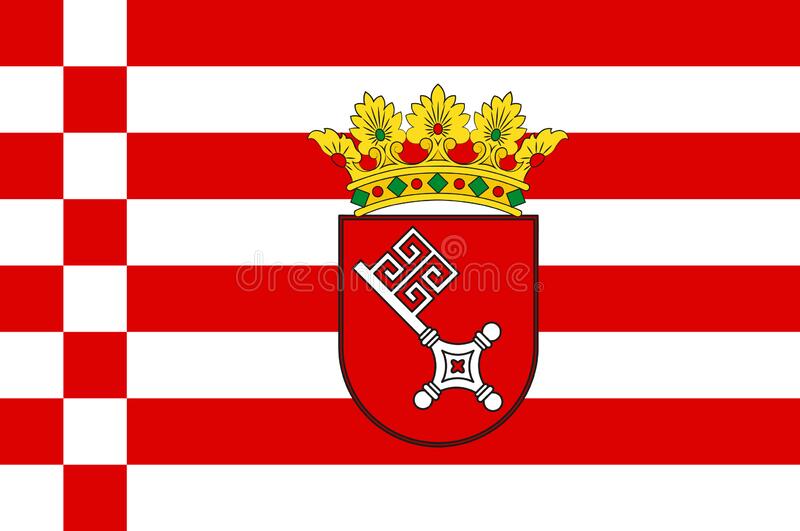
 AIRBUS
AIRBUS
 Airbus Helicopters
Airbus Helicopters
 AIRBUS
AIRBUS
 Airbus
Airbus
 AIRBUS
AIRBUS
 Airbus Defence and Space
Airbus Defence and Space
 Airbus A300
Airbus A300
 Airbus A310
Airbus A310
 Airbus A320
Airbus A320
 Airbus A330
Airbus A330
 Airbus A340
Airbus A340
 Airbus A350
Airbus A350
 Airbus A380
Airbus A380
 Airbus Group
Airbus Group
 Airbus
Airbus

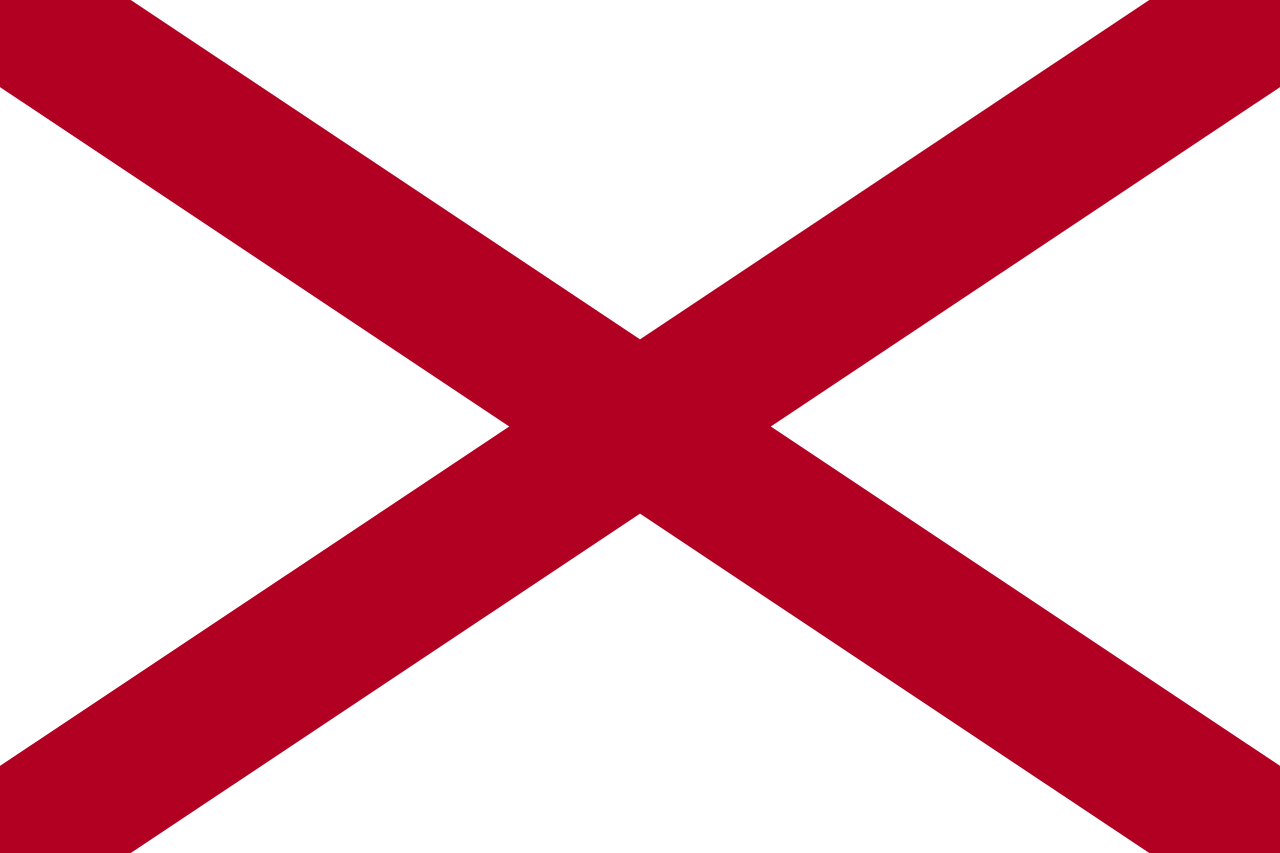 Alabama-AL
Alabama-AL

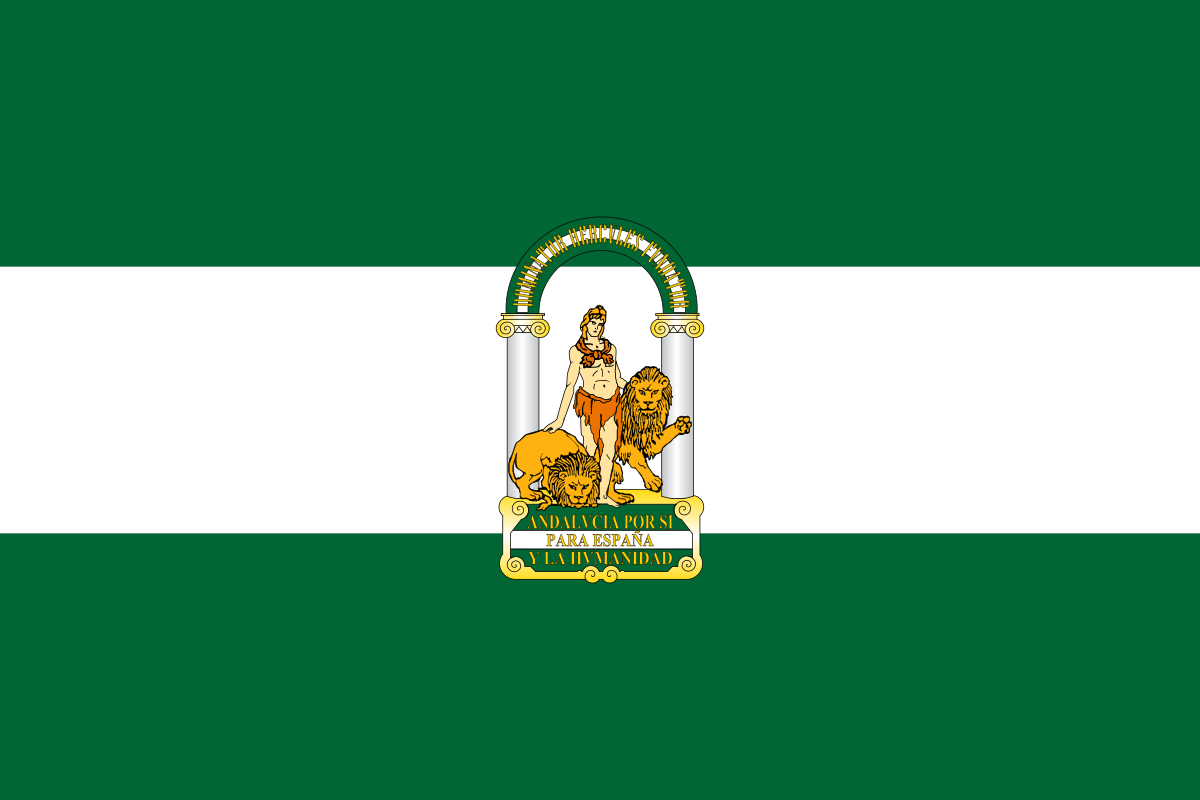 Andalusia
Andalusia

 Bremen
Bremen

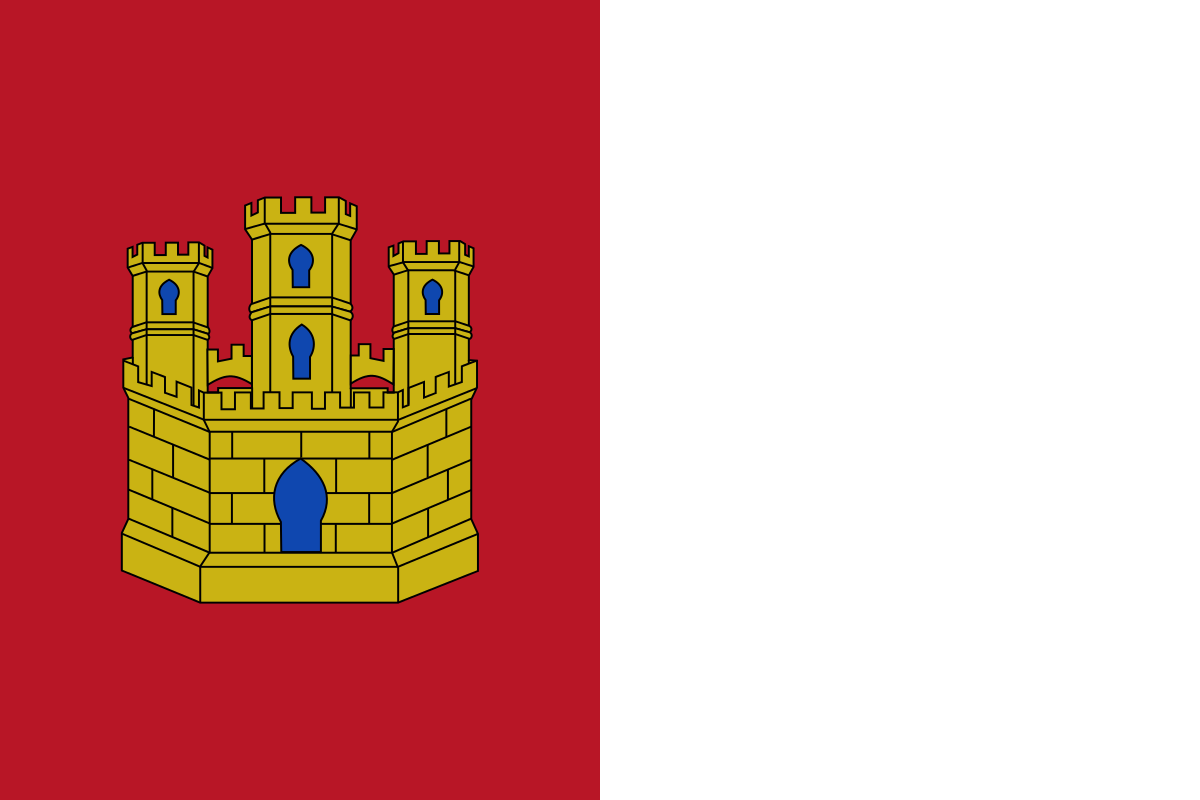 Castilla-La Mancha
Castilla-La Mancha
 China
China
 Germany
Germany
 England
England

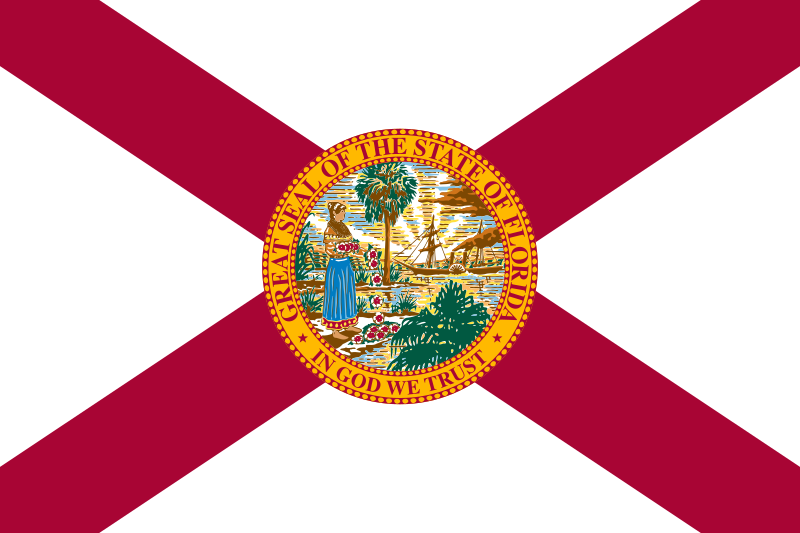 Florida-FL
Florida-FL
 France
France

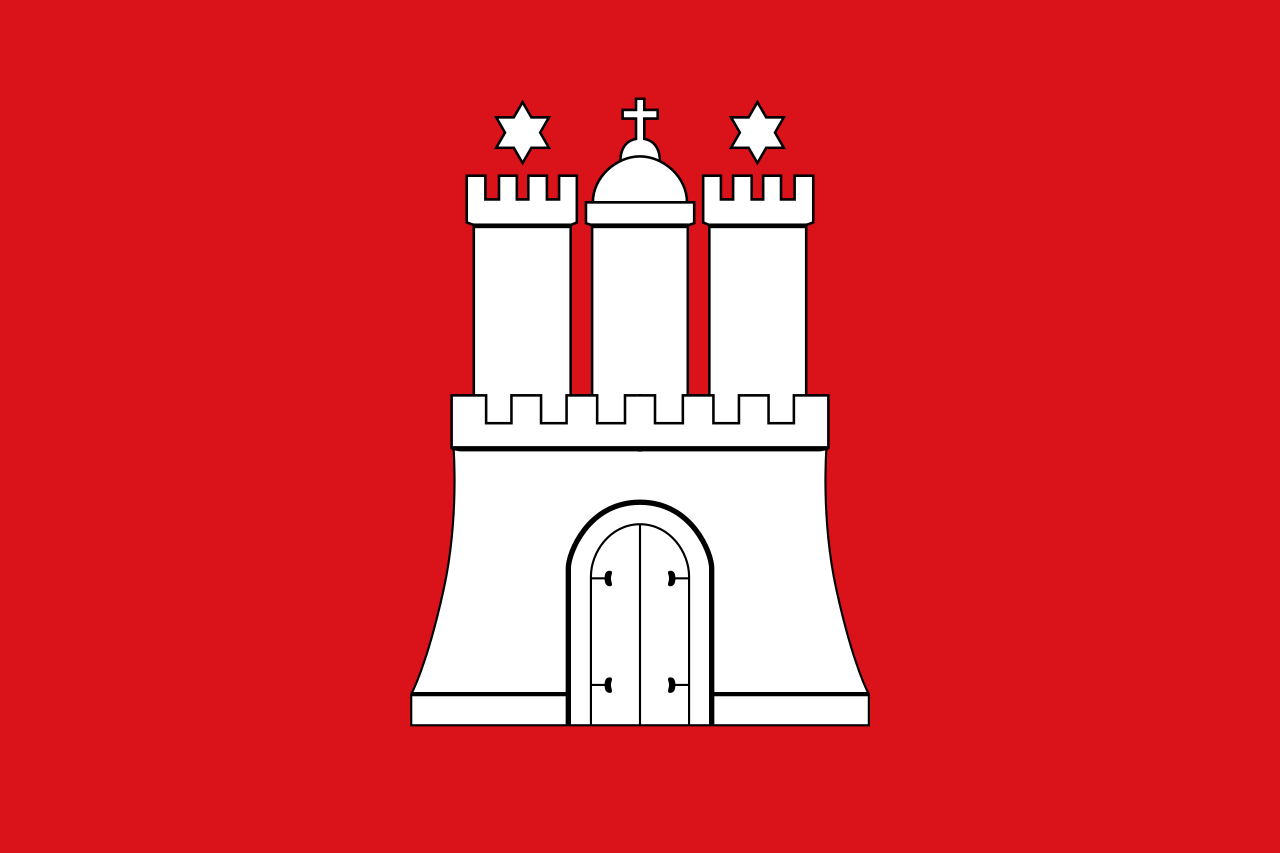 Hamburg
Hamburg

 Kansas-KS
Kansas-KS



 Aerospace
Aerospace
 Civil aircraft
Civil aircraft

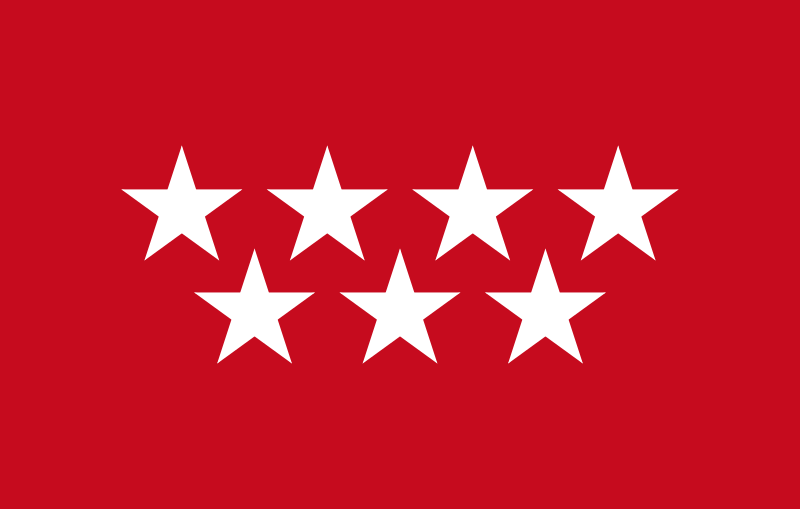 Madrid
Madrid


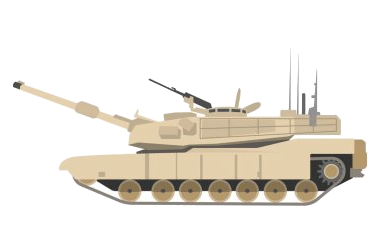

 Military, defense and equipment
Military, defense and equipment
 Military aircraft
Military aircraft

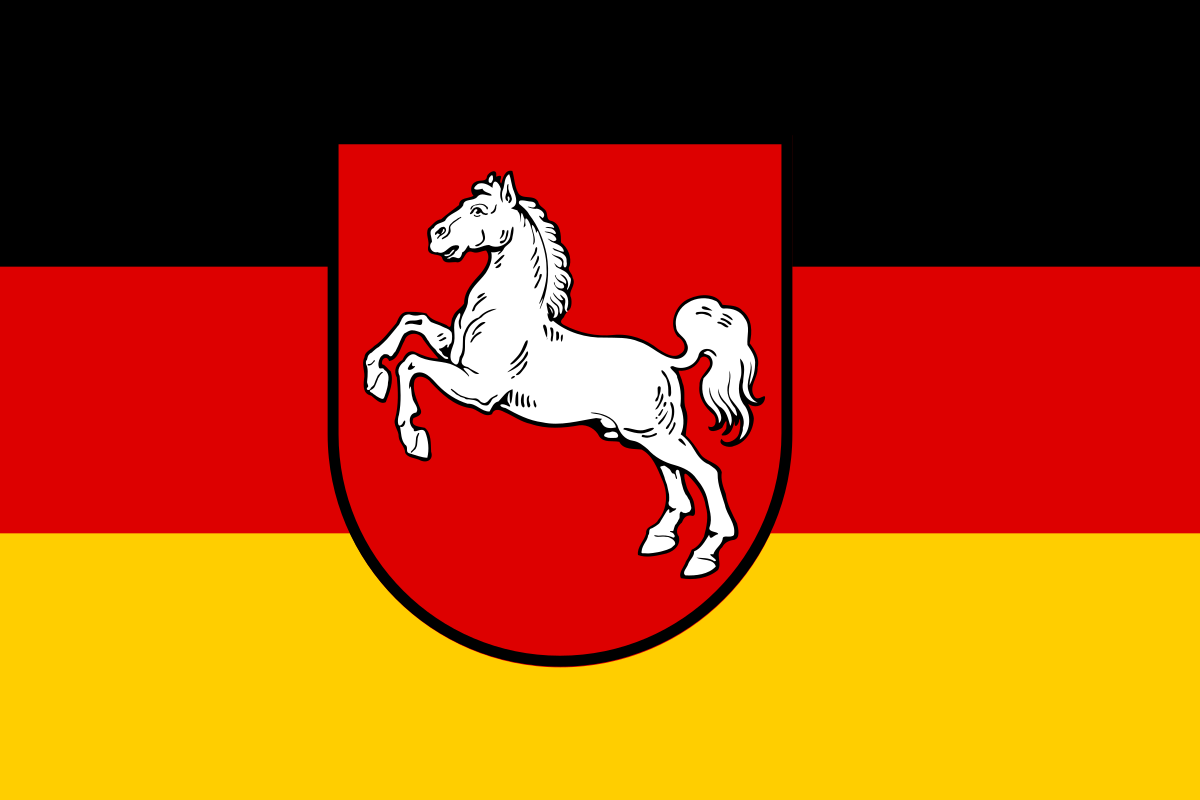 Lower Saxony
Lower Saxony

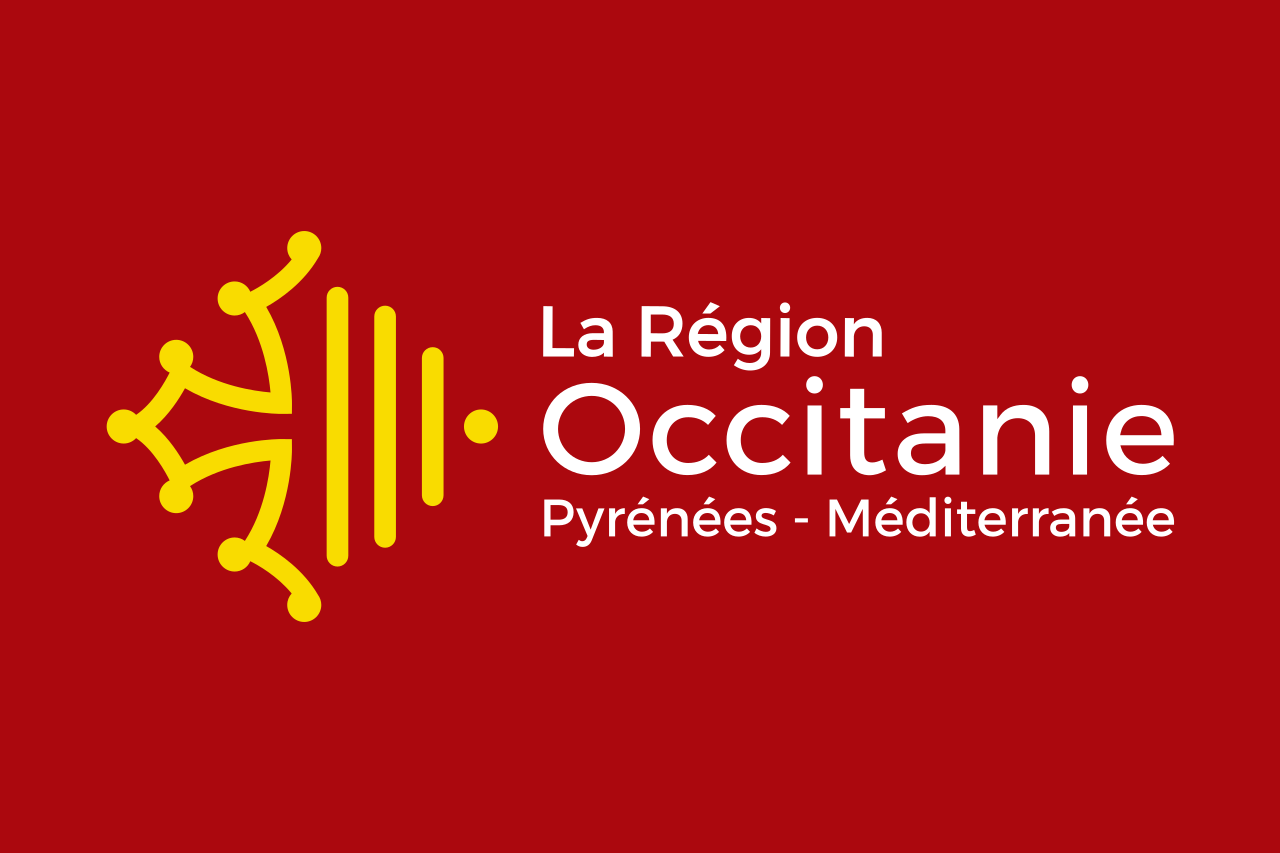 Occitania
Occitania

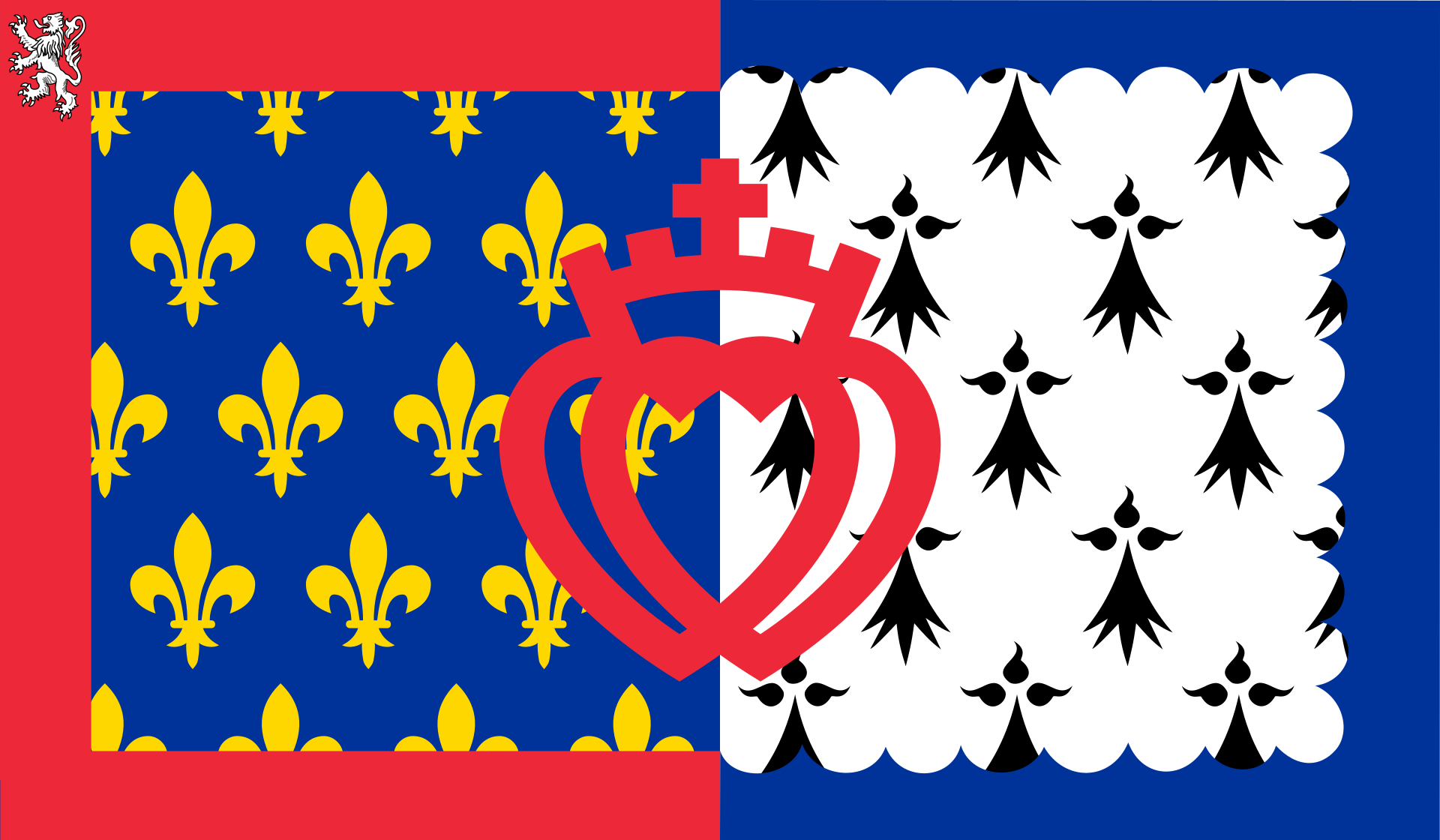 Pays-de-la-Loire
Pays-de-la-Loire
 Spain
Spain
 Tianjin Shi-TJ
Tianjin Shi-TJ
 United States
United States
 United Kingdom
United Kingdom

 Virginia-VA
Virginia-VA
 Wales
Wales

 Washington, D.C.
Washington, D.C.

 Science and technology
Science and technology

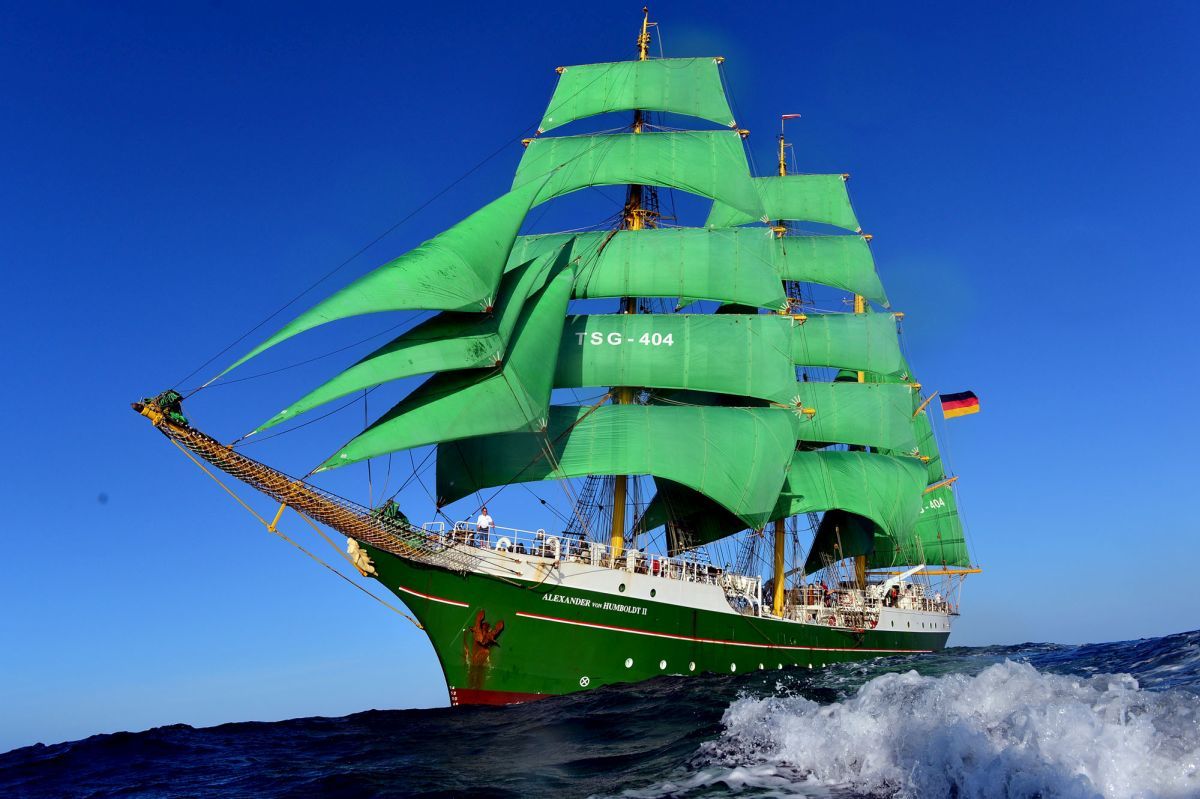

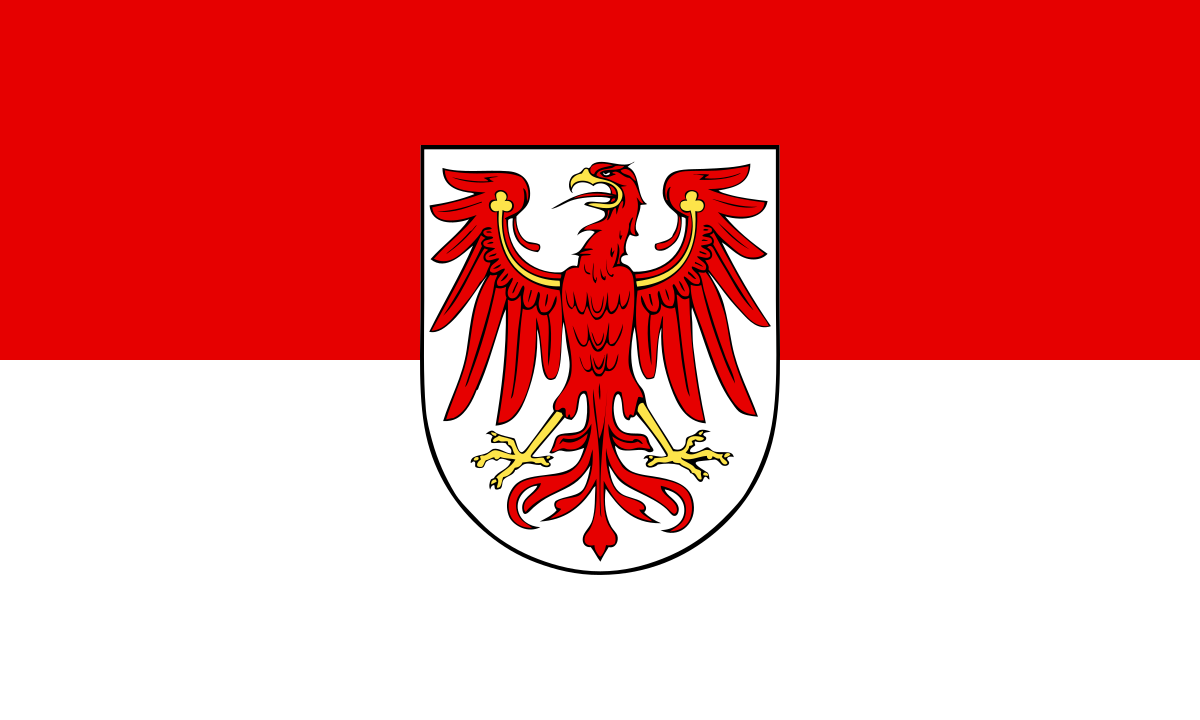 Brandenburg
Brandenburg

 Bremen
Bremen
 Germany
Germany
 Helmholtz-Gemeinschaft Deutscher Forschungszentren
Helmholtz-Gemeinschaft Deutscher Forschungszentren
 Alfred-Wegener-Institut,AWI
Alfred-Wegener-Institut,AWI

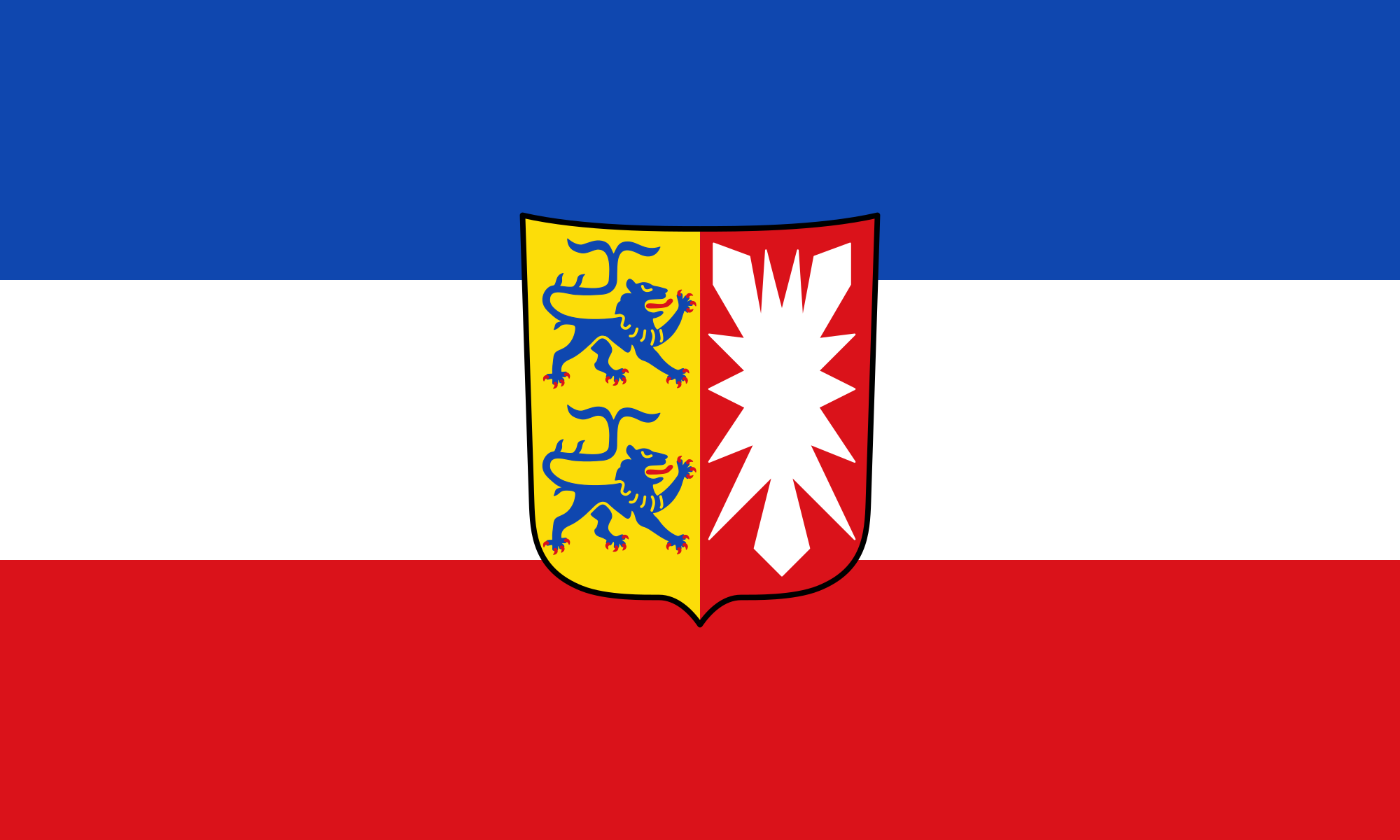 Schleswig-Holstein
Schleswig-Holstein
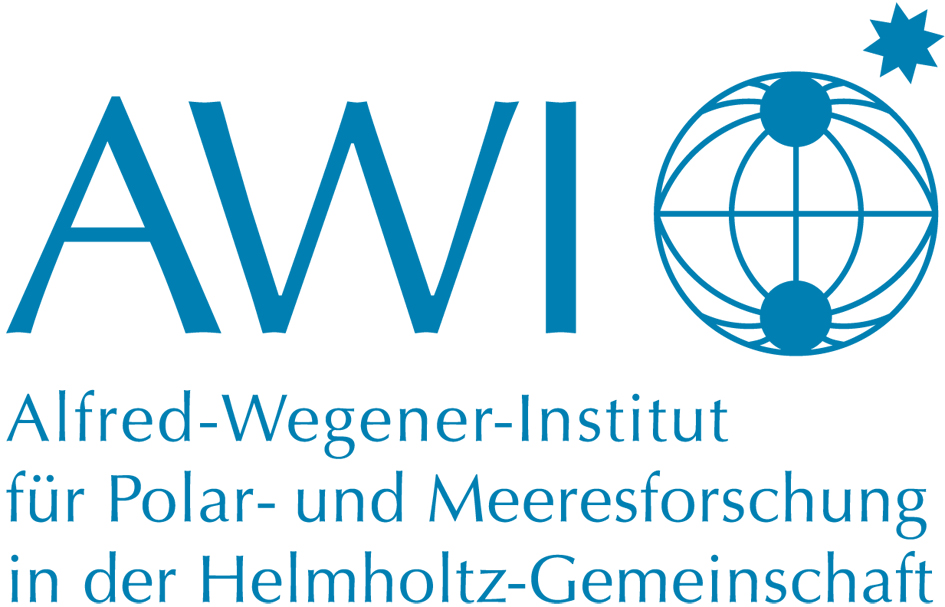
阿尔弗里德·韦格纳研究所的研究人员主要从事极地、海洋与气候方面的研究。他们希望揭示由于自然原因和人类活动所引起的地球环境系统的变化。
Das Alfred-Wegener-Institut, Helmholtz-Zentrum für Polar- und Meeresforschung (Alfred-Wegener-Institut – AWI) ist ein international anerkanntes Forschungsinstitut in Bremerhaven, das sich auf die Erforschung der Polargebiete und der ihr umgebenen Meere spezialisiert hat. Als eine von weltweit wenigen wissenschaftlichen Einrichtungen befasst es sich sowohl mit der Arktis als auch der Antarktis. Es hat in der deutschen Polarforschung eine koordinierende Rolle und befasst sich auch mit der Nordsee und den deutschen Küstenregionen. Aufgrund seiner wissenschaftlichen Ausstattung ist es in der Lage, viele Bereiche des Erdsystems von der Erdatmosphäre bis zum Ozeanboden in ihre Forschung einzubeziehen. Dabei rückt zunehmend das globale Klimageschehen in den Mittelpunkt der wissenschaftlichen Forschungsarbeit. Das Institut wurde 1980 als Stiftung des öffentlichen Rechts gegründet und ist Mitglied der Helmholtz-Gemeinschaft Deutscher Forschungszentren. Heute arbeiten an vier Standorten rund 1000 Mitarbeiter. Das Institut ist nach dem deutschen Polarforscher und Geowissenschaftler Alfred Wegener benannt.

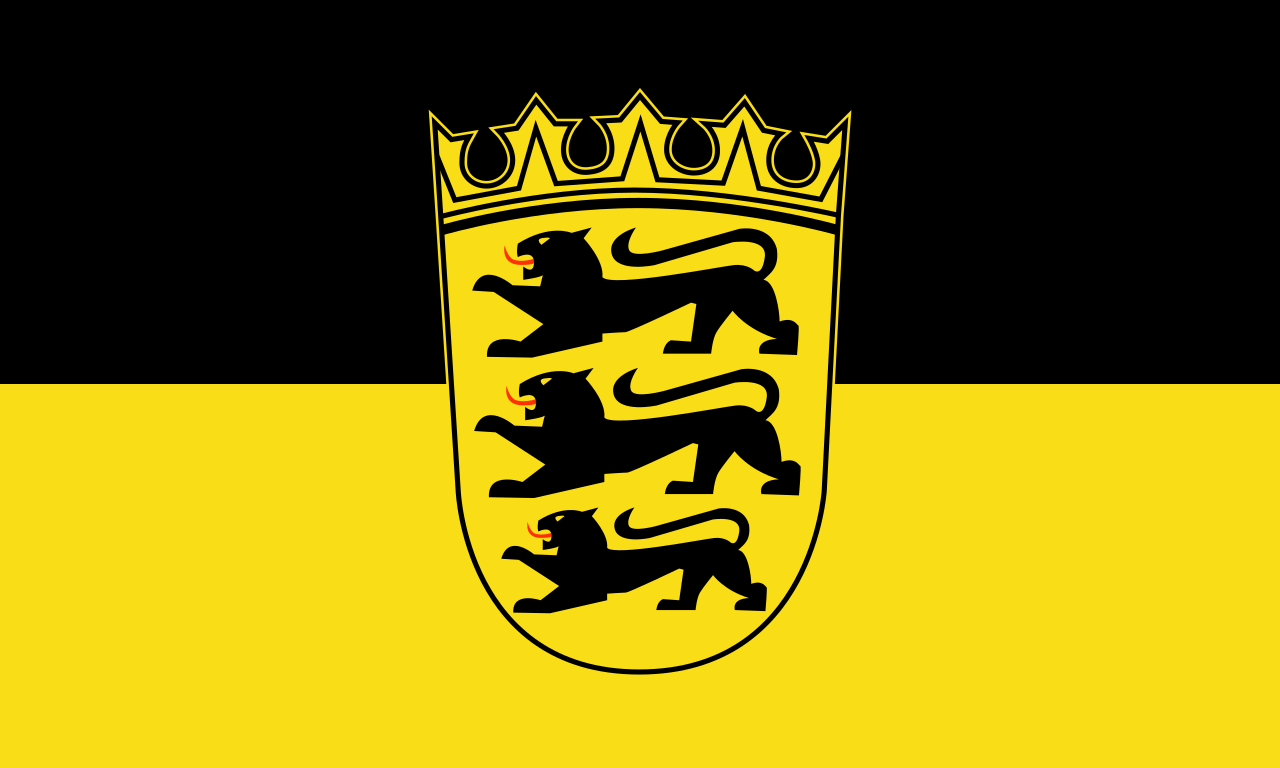 Baden-Wuerttemberg
Baden-Wuerttemberg

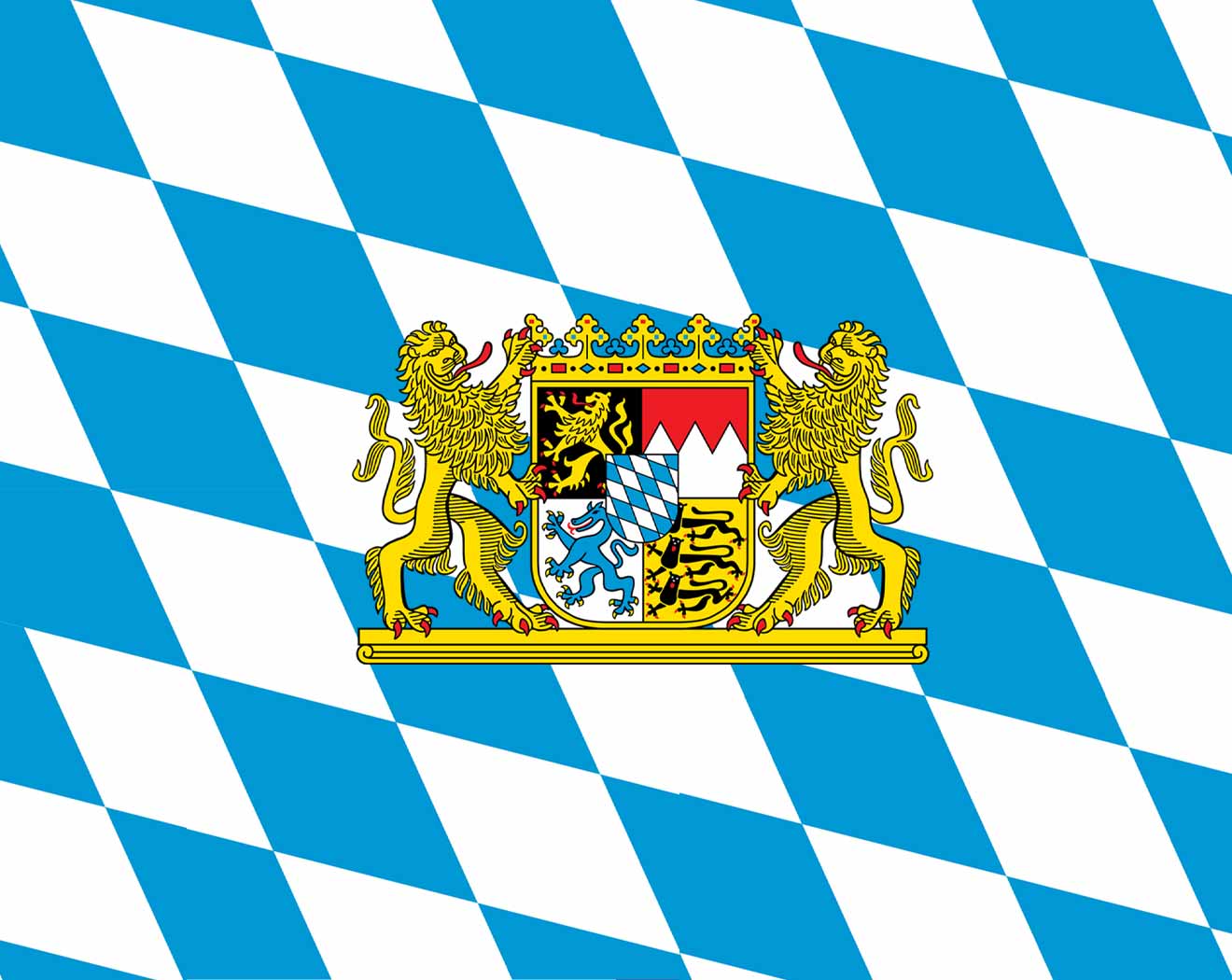 Bavaria
Bavaria

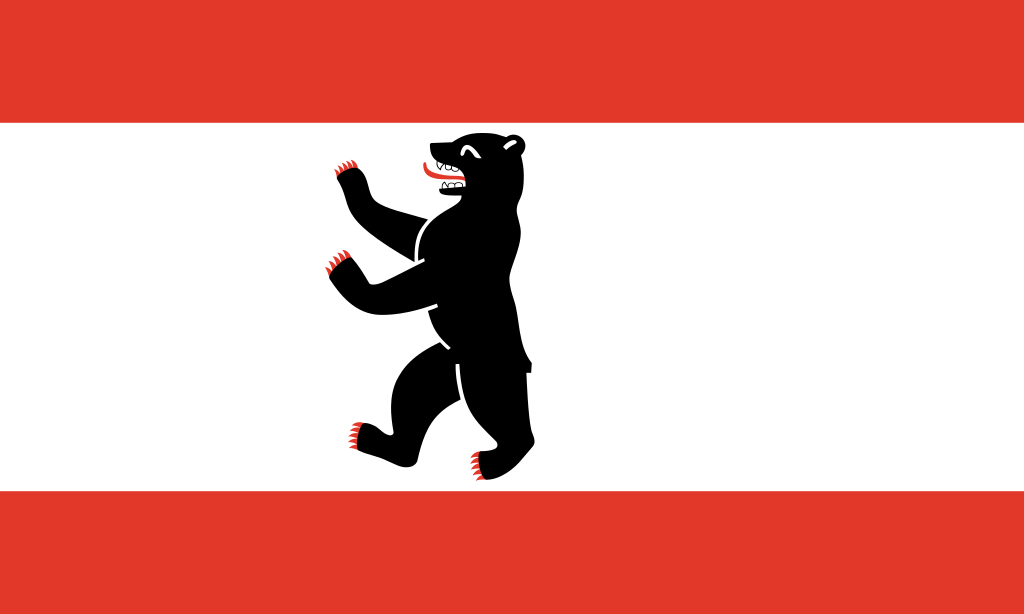 Berlin
Berlin

 Brandenburg
Brandenburg

 Bremen
Bremen
 Germany
Germany
 Erneuerbare Energie
Erneuerbare Energie
 Windenergie
Windenergie

 Financial
Financial
 *Germany economic data
*Germany economic data

 Geography
Geography
 *World overview
*World overview

 Hamburg
Hamburg

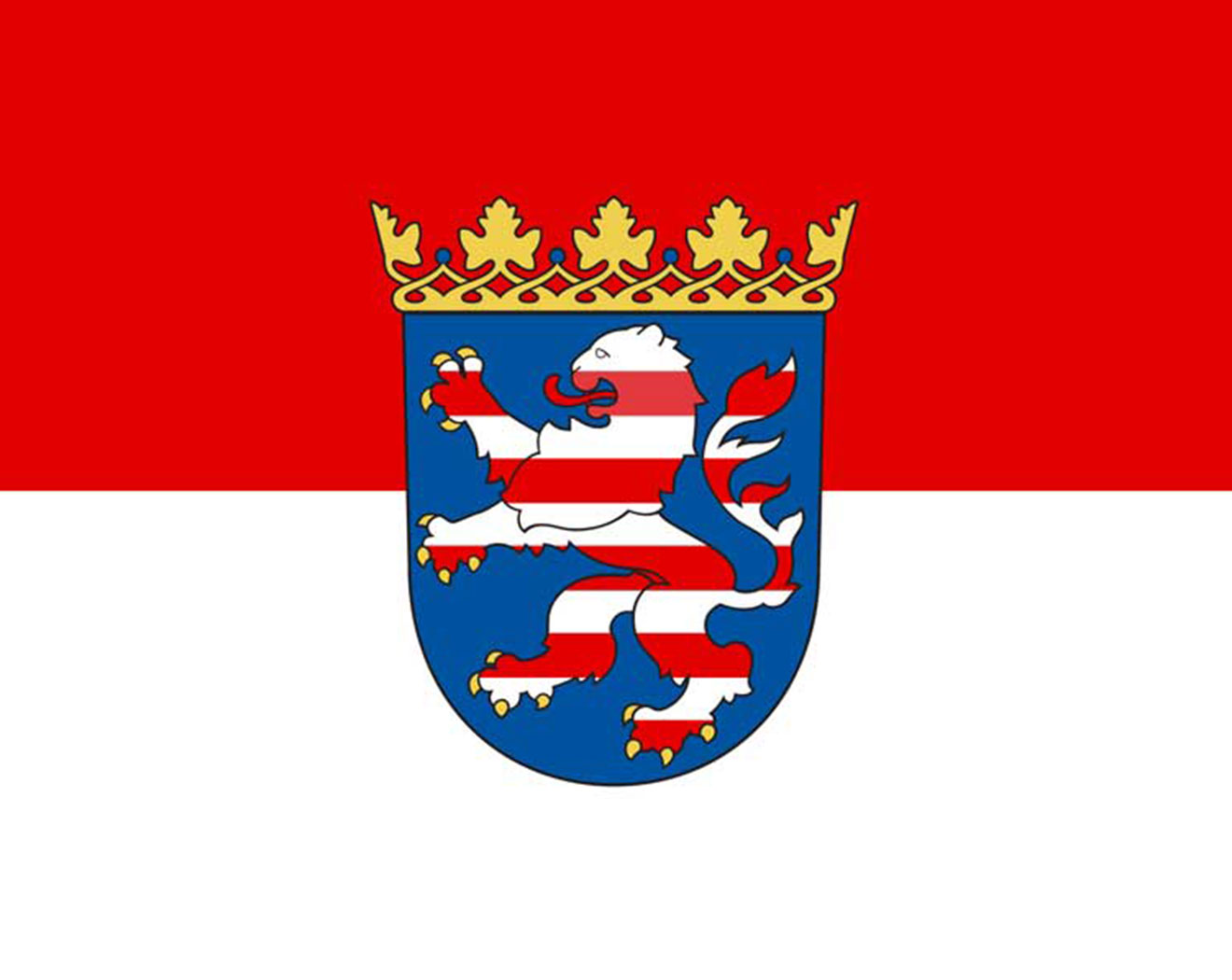 Hessen
Hessen

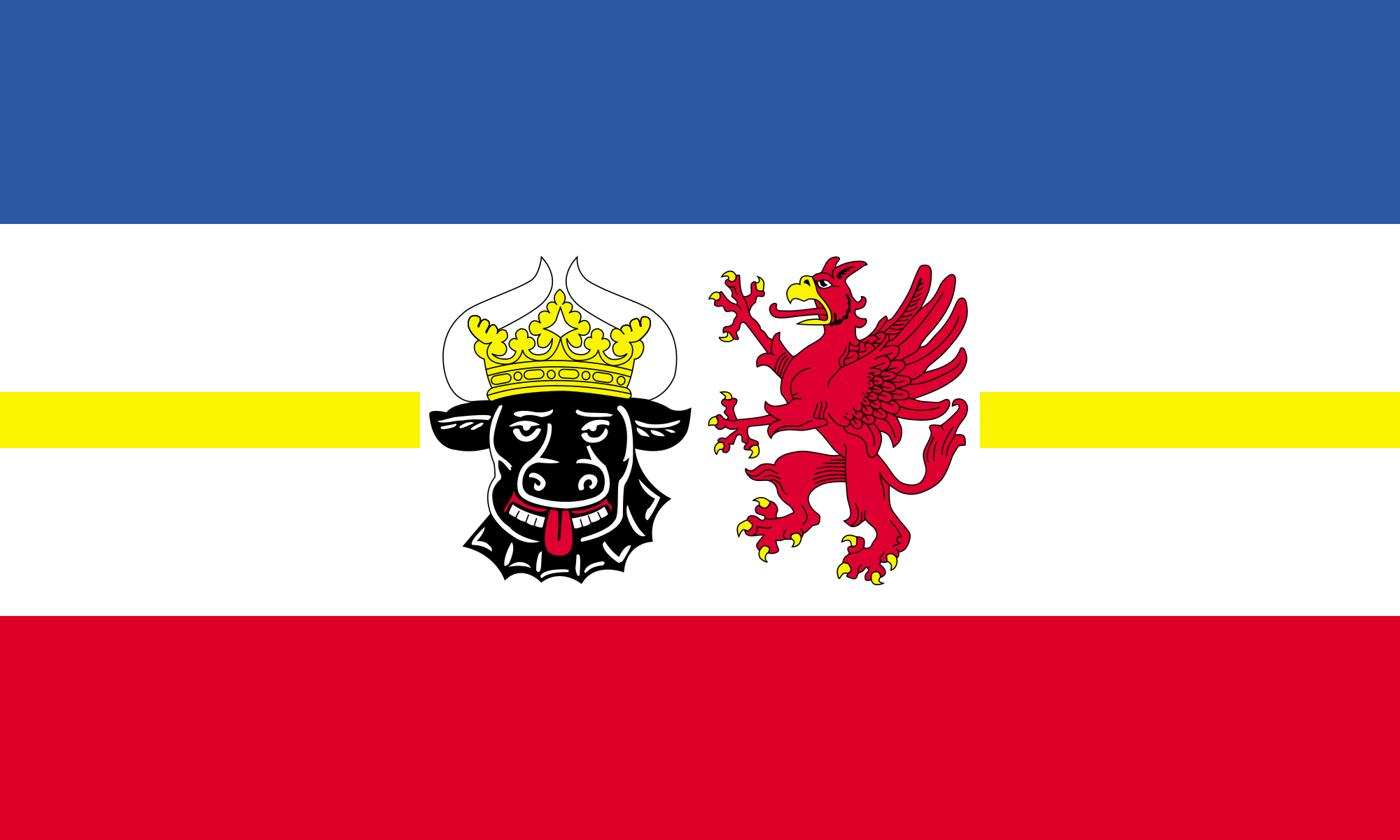 Mecklenburg-Vorpommern
Mecklenburg-Vorpommern

 Lower Saxony
Lower Saxony

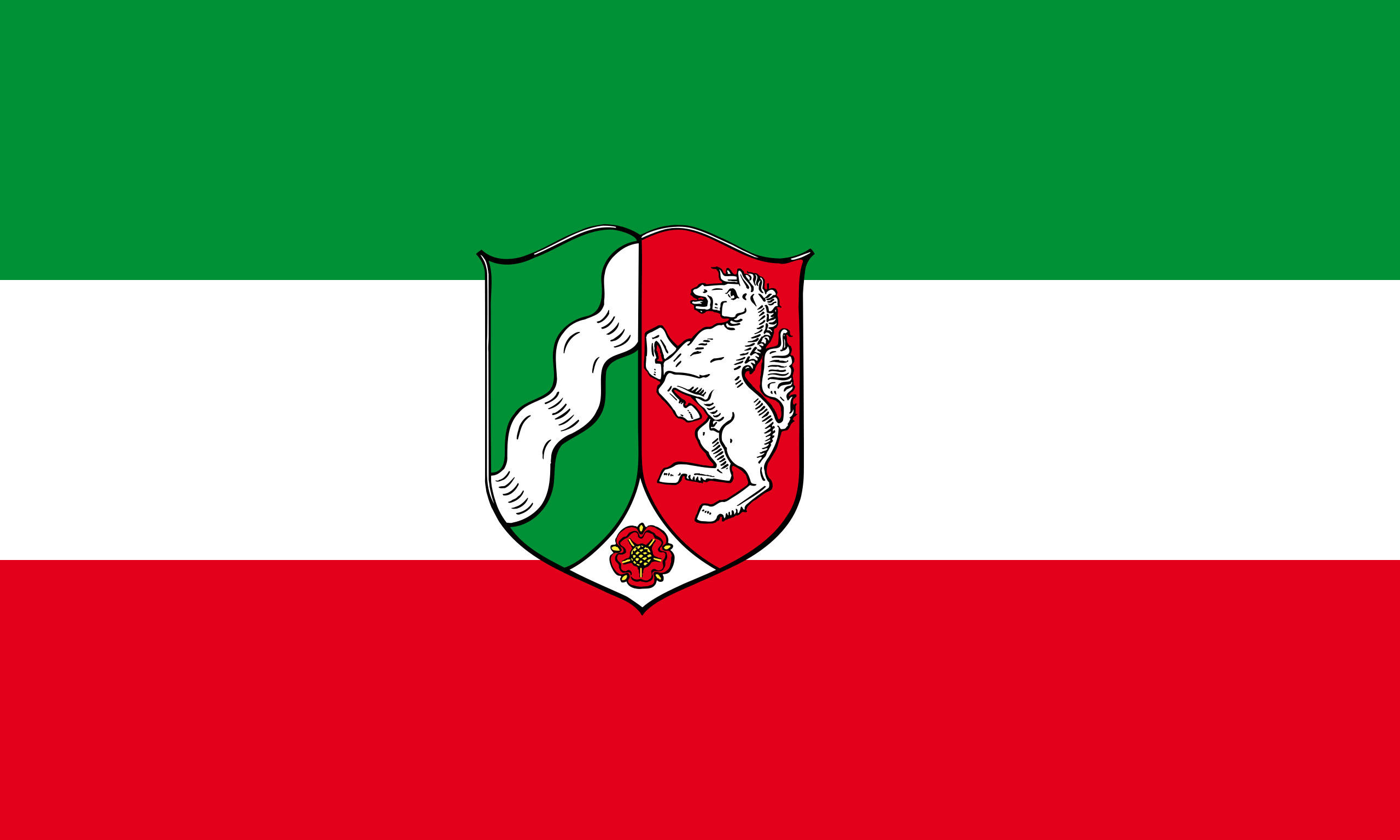 North Rhine-Westphalia
North Rhine-Westphalia

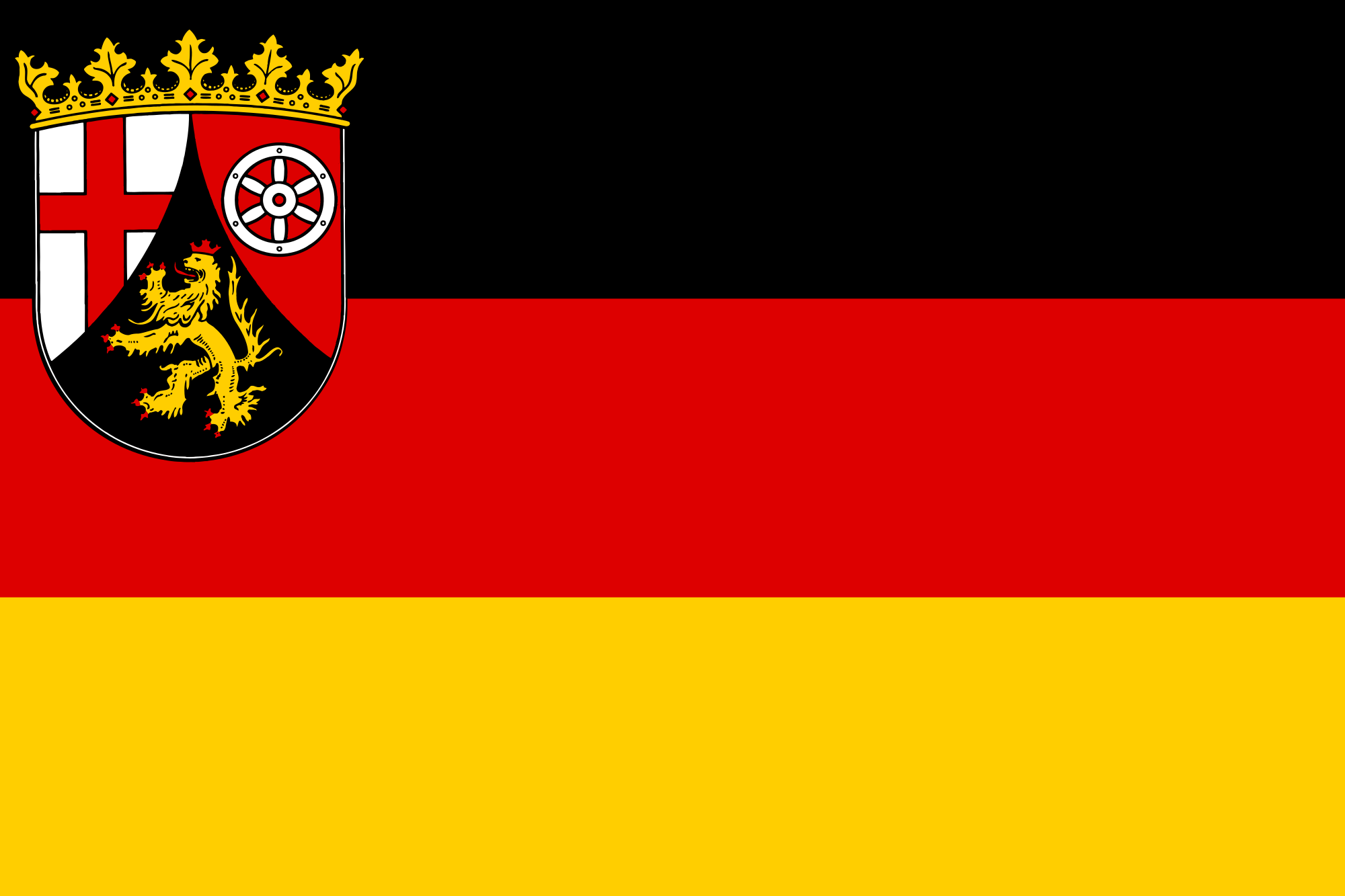 Rhineland-Palatinate
Rhineland-Palatinate

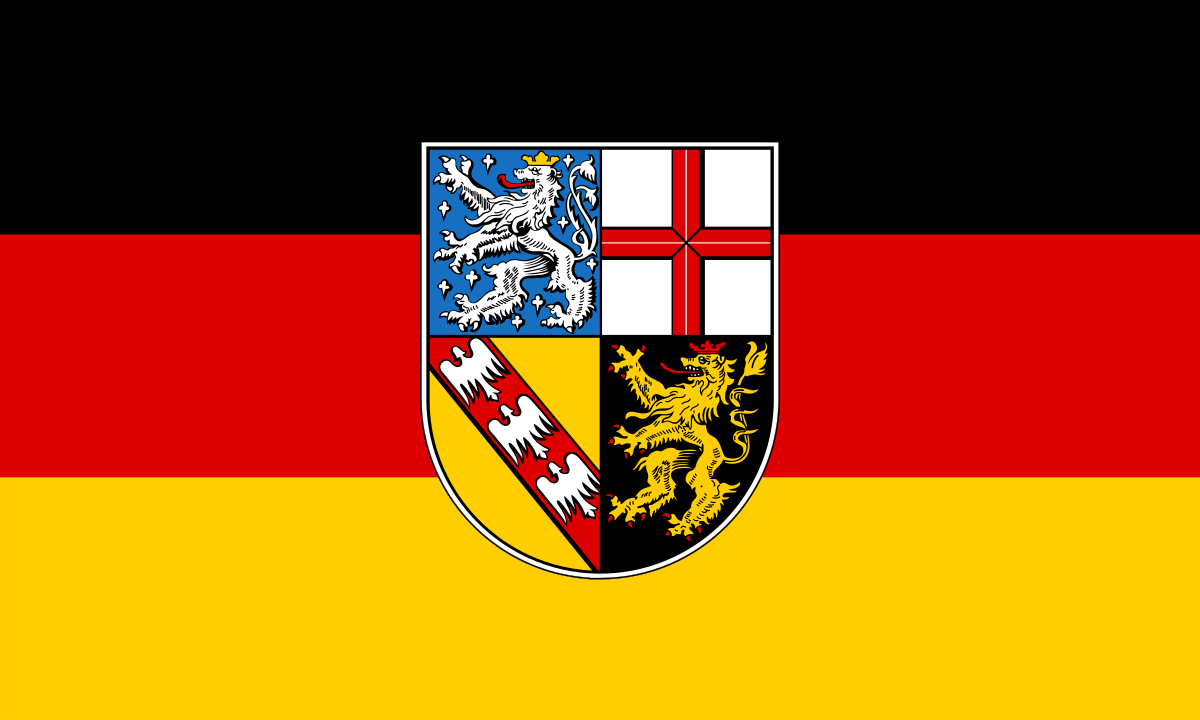 Saarland
Saarland

 Saxony
Saxony

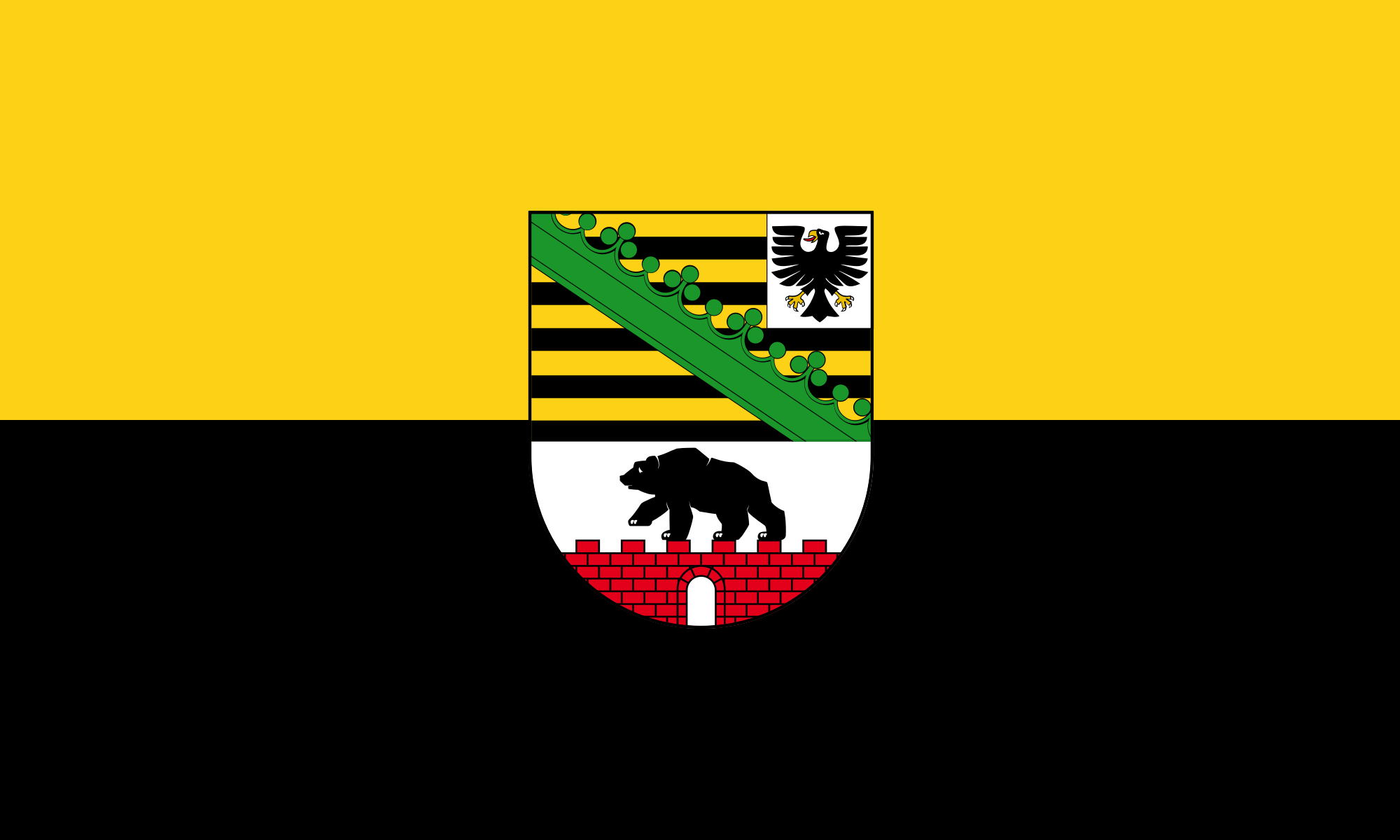 Saxony-Anhalt
Saxony-Anhalt

 Schleswig-Holstein
Schleswig-Holstein

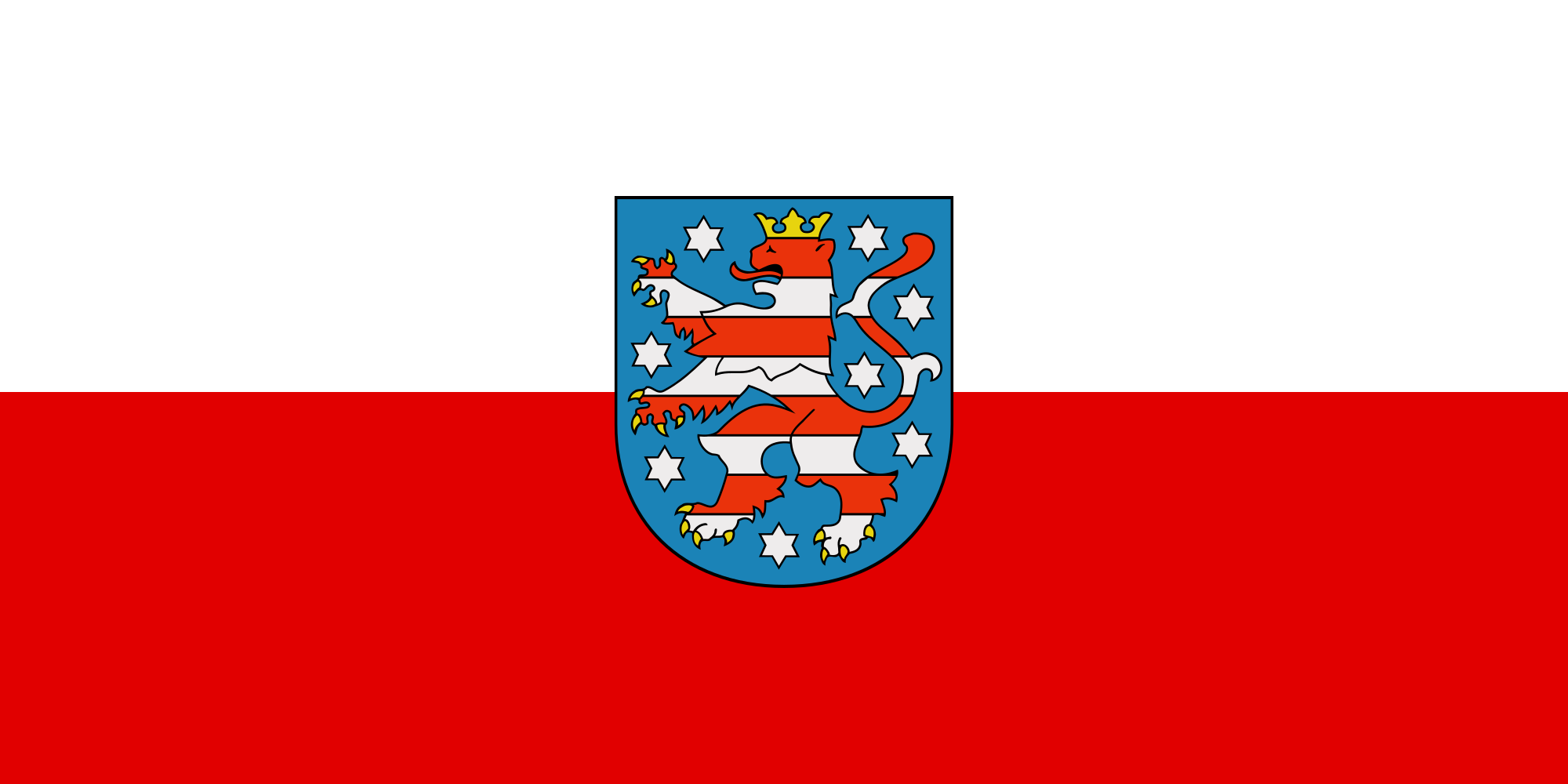 Thuringia
Thuringia

(Quelle:https://www.windkraft-journal.de/)
 Belarus
Belarus

 Berlin
Berlin

 Brandenburg
Brandenburg

 Bremen
Bremen
 Denmark
Denmark
 Germany
Germany
 Estonia
Estonia
 Finland
Finland
 France
France

 Hamburg
Hamburg
 Italy
Italy
 Latvia
Latvia
 Lithuania
Lithuania

 Mecklenburg-Vorpommern
Mecklenburg-Vorpommern
 Netherlands
Netherlands

 Lower Saxony
Lower Saxony

 North Rhine-Westphalia
North Rhine-Westphalia
 Poland
Poland

 Review
Review
 Russia
Russia

 Saxony
Saxony

 Saxony-Anhalt
Saxony-Anhalt

 Schleswig-Holstein
Schleswig-Holstein
 Sweden
Sweden
 Switzerland
Switzerland

 Traditions
Traditions

 Vacation and Travel
Vacation and Travel
 United Kingdom
United Kingdom

 World Heritage
World Heritage
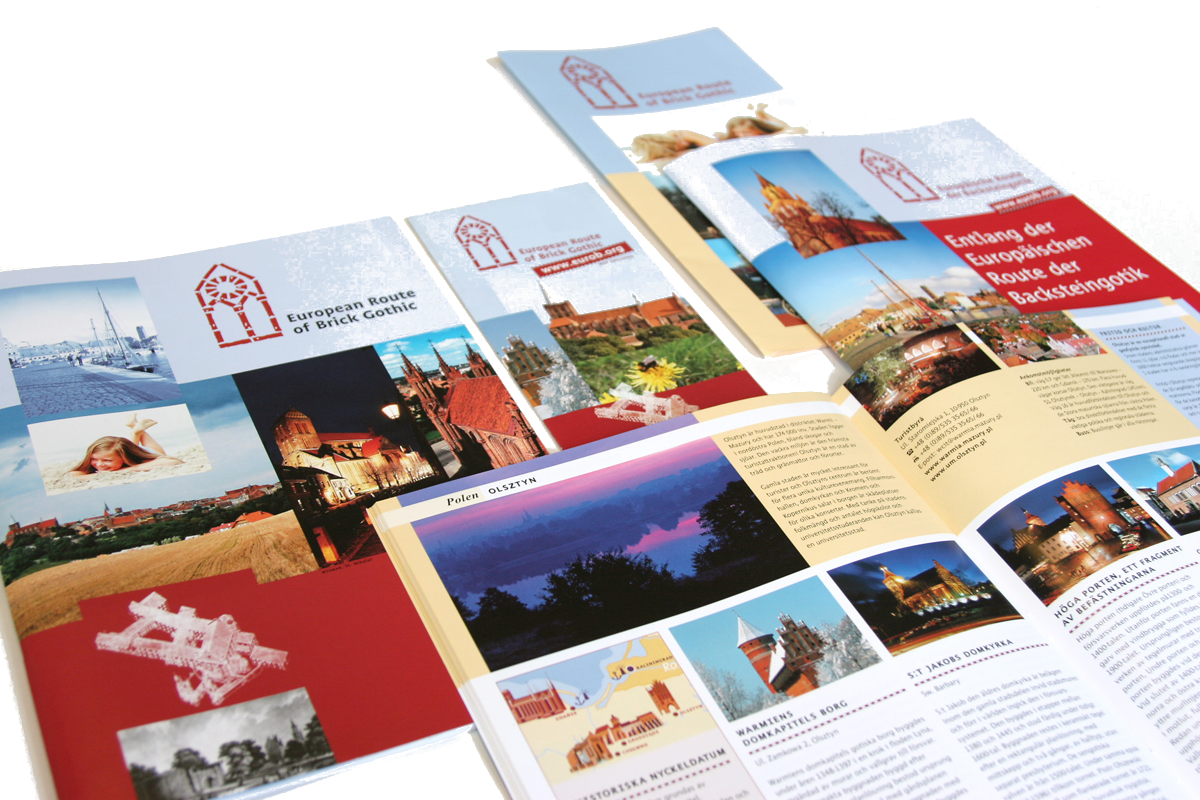
一种特别在德国北海和波罗的海海岸常见的哥特式建筑是用烤砖建造起来的建筑结构.这个十二世纪开始使用那红色的烤砖作为建筑材料的独特建筑风格之所以在北部德国低地如此普及是因为这块地区缺少天然石而且运输也非常困难,由于那片地区和汉萨盟的一 致性,因此它就成为了汉萨同盟的象征.有些历史悠久的建筑也就成了联合国教科文组织世界文化遗产项目之一。
Die Backsteingotik (englisch Brick Gothic, polnisch Gotyk ceglany) umfasst gotische Bauwerke, die aus oder mit sichtbarem Backstein errichtet wurden. Sie ist vor allem in Norddeutschland, dem Ostseeraum und den Niederlanden[1] verbreitet. Ihr Verbreitungsgebiet erstreckt sich im Westen bis an die Straße von Dover und im Südosten bis nach Galizien. Der auch oft verwendete Begriff Norddeutsche Backsteingotik erfasst daher nur einen Teil der gesamten Backsteingotik. Gotische Backsteinarchitektur in Italien und Südfrankreich wird in der Regel allein den dortigen Regionalstilen zugerechnet.
Die mittelalterliche Verwendung von Backstein als Baustoff setzte nördlich der Alpen im 12. Jahrhundert ein. Die ältesten Bauten gehören deshalb noch der so genannten Backsteinromanik an. Im 16. Jahrhundert ging die Backsteingotik in die Backsteinrenaissance über. Die geografische Verbreitung des Bauens aus Backstein und mit sichtbarem Backstein unterlag vom Beginn des Hochmittelalters bis in die frühe Neuzeit aber durchaus Veränderungen. So gab es in Teilen des Münsterlandes zwischen Pionierbauten der Romanik und dem starken Backsteineinsatz in Renaissance und Barock eine zeitliche Lücke.
Viele von der Backsteingotik geprägte Altstädte und Einzelbauten wurden in die Liste des UNESCO-Welterbes aufgenommen.
Brick Gothic (German: Backsteingotik, Polish: Gotyk ceglany, Dutch: Baksteengotiek) is a specific style of Gothic architecture common in Northwest and Central Europe especially in the regions in and around the Baltic Sea, which do not have resources of standing rock, but in many places a lot of glacial boulders. The buildings are essentially built using bricks. Buildings classified as Brick Gothic (using a strict definition of the architectural style based on the geographic location) are found in Belgium (and the very north of France), Netherlands, Germany, Poland, Lithuania, Latvia, Estonia, Kaliningrad (former East Prussia), Sweden and Finland.
As the use of baked red brick arrived in Northwestern and Central Europe in the 12th century, the oldest such buildings are classified as the Brick Romanesque. In the 16th century, Brick Gothic was superseded by Brick Renaissance architecture.
Brick Gothic is characterised by the lack of figural architectural sculpture, widespread in other styles of Gothic architecture. Typical for the Baltic Sea region is the creative subdivision and structuring of walls, using built ornaments and the colour contrast between red bricks, glazed bricks and white lime plaster. Nevertheless, these characteristics are neither omnipresent nor exclusive. Many of the old town centres dominated by Brick Gothic, as well as some individual structures, have been listed as UNESCO World Heritage sites.
The real extent and the real variety of this brick architecture has to be distinguished from the view of late 19th and early 20th century, especially the years around the end of World War I, when it was instrumentalized, politically.
Indeed, about a quarter of medieval Gothic brick architecture is standing in the Netherlands, in Flanders and in French Flanders. Some dominant buildings combinations of brick and stone. But the criterion "no stone at all" looks like a trick to exclude them.[according to whom?] The towers of St Mary church in Lübeck, the very top Brick Gothic church of the Baltic Sea region, have corners of granite ashley. And many village churches in northern Germany and Poland have Brick Gothic design, but most of their walls are formed by boulders.
L'architettura gotica dei paesi baltici è una varietà regionale dell'architettura gotica, in particolare del gotico tedesco. Le aree coinvolte in questa forma di architettura medievale si affacciano sul mar Baltico e sul Mare del Nord e, da un punto di vista politico, comprendevano gli stati settentrionali del Sacro Romano Impero, le città della Lega Anseatica, i possedimenti dell'Ordine Teutonico. Il periodo interessato va dal XIII secolo al XV secolo.
Le caratteristiche distintive sono che si tratta di un'architettura prevalentemente in laterizio e di una rielaborazione originale e per certi aspetti molto distante dall'iniziale gotico francese. I paesi europei attuali che hanno testimonianze di questa architettura sono Germania, Polonia, Lituania, Lettonia, Estonia, e nell'area della storica Prussia Orientale, (Oblast di Kaliningrad Russia); alcune testimonianze sono anche presenti in Scandinavia.
Le gothique de brique (allemand : Backsteingotik) est un style d´architecture gothique du Nord de l´Europe, et plus particulièrement du Nord de l'Allemagne et des régions autour de la mer Baltique. Il s'est surtout répandu dans les villes culturellement allemandes de l'ancienne Ligue Hanséatique à partir du XIIIe siècle, puis bien au-delà par influence (Scandinavie, Flandres, toute la Pologne, Allemagne du Sud). Les bâtiments sont essentiellement constitués de briques et le style de la décoration s'est adapté aux possibilités et aux limites de ce matériaux, conférant à cette architecture une identité bien particulière.
Il existe d'autres styles d'architecture gothique en brique en Europe, plus ou moins indépendants, comme en Italie et dans la région Toulousaine en France. Le style gothique baltique ne comprend pas tout le gothique en brique d'Europe.
El gótico báltico (en alemán, Norddeutsche Backsteingotik), forma la parte mayor del gótico de ladrillos (en alemán: Backsteingotik). Es una variante de la arquitectura gótica y neogótica que apareció en la Europa septentrional. Sin la especificación "Baltico" es estendido del estrecho de Calais a la Galicia de los Cárpatos. Con la especificación "Baltico" esta concentrada en el norte de Alemania y las zonas aledañas al mar Báltico. En todas estas regiones mancan recursos naturales para construir edificios de piedra. Se extendió principalmente en las ciudades culturalmente alemanas de la antigua Liga Hanseática desde el siglo XIII, y luego por influencia (Escandinavia, toda Polonia, el sur de Alemania). Los edificios son esencialmente de ladrillo y el estilo de decoración se ha adaptado a las posibilidades y límites de este material, dando a esta arquitectura una identidad muy particular.
Кирпичная, ганзейская или северогерманская готика — разновидность готического стиля архитектуры, распространённая в Северной Германии, Польше, Белоруссии и Прибалтике в XIII—XVI веках. Красный керамический кирпич как строительный материал стал использоваться в Северной Европе в XII веке, поэтому самые древние кирпичные образцы относятся ещё к так называемой «кирпичной романике». В XVI в. кирпичную готику сменил «кирпичный ренессанс».
Для кирпичной готики характерны, с одной стороны, отсутствие скульптурных украшений, которые невозможно выполнить из кирпича, и, с другой стороны, богатство орнаментальных деталей кладки и структуризация плоскостей за счёт чередования красного либо глазурованного кирпича и известковой побелки стен.
Многие города, внешний облик которых украшают готические сооружения из красного кирпича, являются объектами Всемирного культурного наследия ЮНЕСКО.
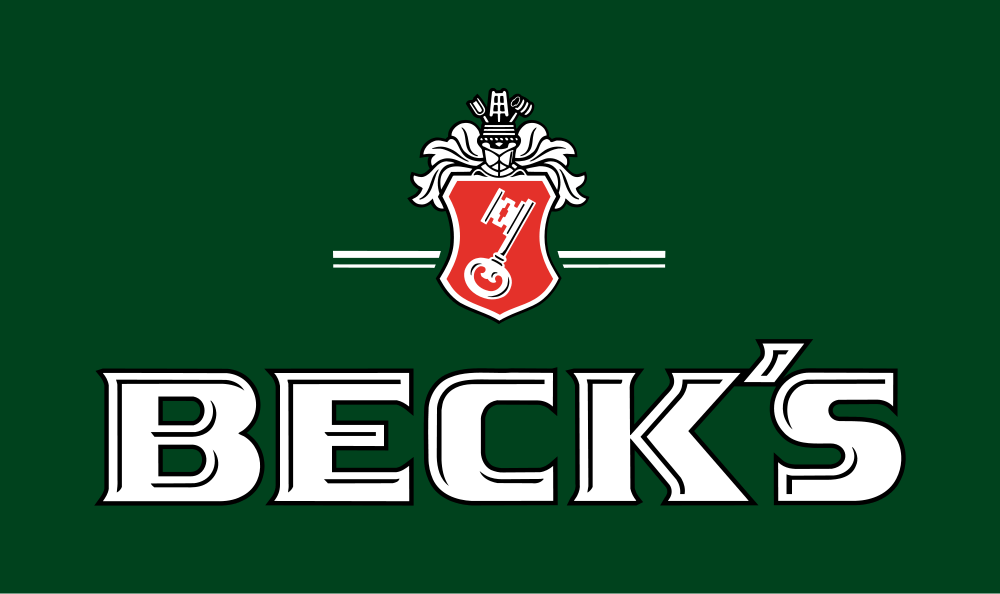
德国凭借品质优良的啤酒,成为举世公认的啤酒王国。拥有四百年历史的贝克啤酒是德国啤酒的代表,也是全世界最受欢迎的德国啤 酒。尤其是在美国(每年大约1亿升)/英国/意大利,贝克啤酒更是进口啤酒的冠军品 牌,年出口占德国啤酒出口总量的35%以上。
贝克啤酒起源于16世纪的不来梅古城,其优良的酿造技术,使‘BECK"S’品牌 传播至今。1876年,在纪念美国建国一百年的费城世界博览会上,贝克啤酒获得第 一届国际竞赛金牌奖的殊荣,此后百余年来所荣获的奖项更是不计其数。
贝克啤酒风行全球140多个国家,高居德国啤酒出口量第一位。它不断的在全球 各地的报纸/杂志/新闻媒介上宣传‘BECK"S’和其特有的钥匙图形, 使‘BECK"S’商标和钥匙图形在世界各地都能见到。贝克也在英国/新加坡/德国/日 本/美国等许多国家和香港地区注册了‘BECK"S’商标。通过 长期的广泛的宣传和注 册,‘BECK"S’商标已成为世界驰名商标。
贝克啤酒产品包括BECK"S LAGER、LIGHT、DARK LAGER、OKTOBERFEST 与无酒精啤酒等,LAGER体现了传统的德国口 味,酒质饱满丰富。LIGHT爽口宜 人,曾于1999年/2000年/2001年连续三年在美国品鉴会上获得金牌。
DARK LAGER是全球黑啤的代言者,经过特殊的烘烤过程,再经糖化水解后所 酿成的贝克啤酒,口味醇美营养丰富,低刺激性的温和酒质是有健康概念的高品质啤 酒。
从18世纪开始,贝克就由不来梅向北海和波罗地海沿岸各城市出口啤酒。直到现 在该公司还始终继承这一传统。
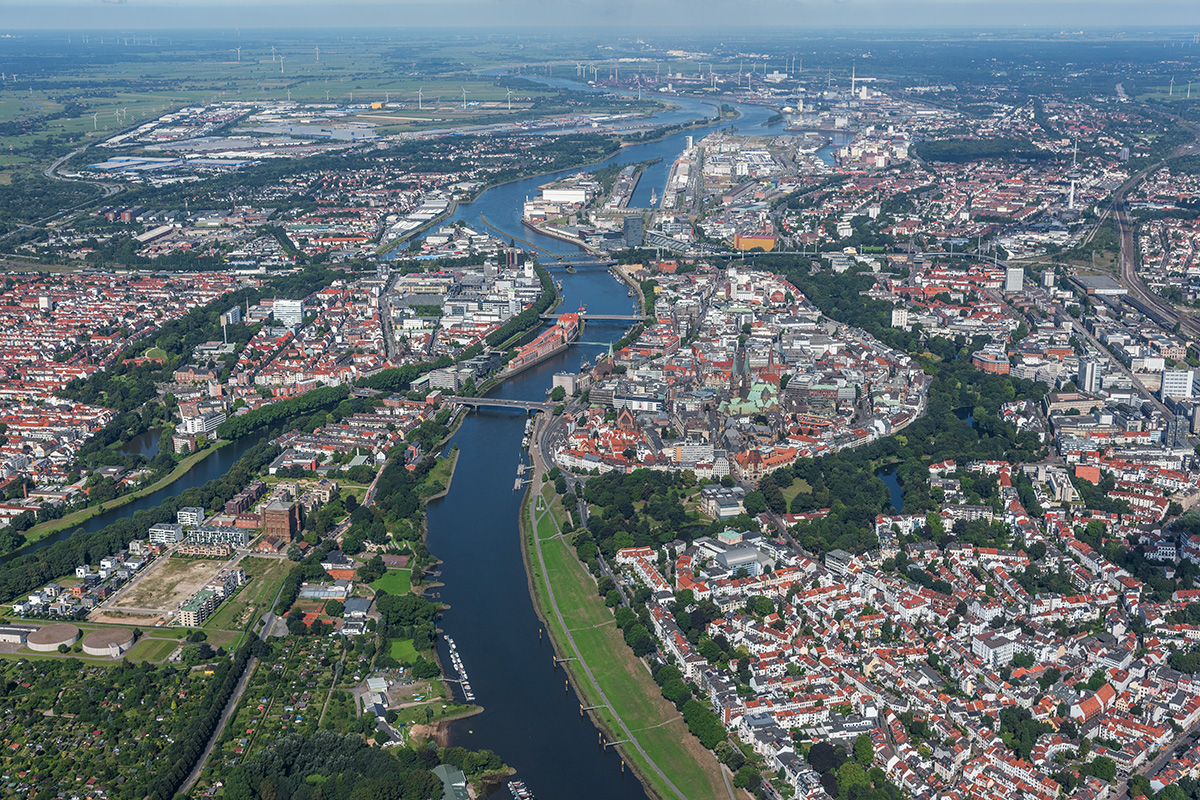
不来梅(德语:Bremen,国际音标:[ˈbʁeːmən](![]() 发音)),是德国最小的联邦州不来梅州的州府、德国第二大港口城市和第五大工业城市。不来梅的支柱性产业包括食品加工、航天航空、航运物流、汽车制造、贸易、新能源等行业。[1]
发音)),是德国最小的联邦州不来梅州的州府、德国第二大港口城市和第五大工业城市。不来梅的支柱性产业包括食品加工、航天航空、航运物流、汽车制造、贸易、新能源等行业。[1]
不来梅州由不来梅和往北60公里以外的不来梅哈芬两个城市组成。不来梅在不来梅-奥尔登堡大都市圈内,德国有欧盟认定的11个大都市圈。不来梅哈芬市的远洋港区实际上被划归不来梅市,它是不来梅市的一块飞地。
德国北部城市不来梅具有悠久的历史,早在公元8世纪,不来梅即已建城。1260年不来梅加入汉萨同盟,中世纪后期与汉堡、吕贝克等几个重要的汉萨城市控制着北海和波罗的海沿岸的商业通道 。1646年不来梅成为自由帝国城市,不属于任何领主,由帝国直辖,因此不来梅全称为“自由汉萨城市不来梅”。
现在,不来梅人口66万,它是德国不来梅州的州府、第二大港口城市、第五大工业城市和西北部的中心。不来梅的优势产业包括汽车汽配、食品加工、航天航空、航运物流、贸易、新能源等行业。 不来梅州的另一座城市不来梅哈芬(即不来梅港市)位于威悉河入海口,建于1827年,它与不来梅市相距约60公里。
Die Stadtgemeinde Bremen ist die Hauptstadt des Landes Freie Hansestadt Bremen (kurz ebenfalls „Bremen“,  Aussprache?/i). Zu dem Zwei-Städte-Staat gehört neben Bremen noch das 53 km[2] nördlich gelegene Bremerhaven. Die Stadtgemeinde Bremen ist mit rund 566.000 Einwohnern die elftgrößte Stadt in Deutschland. Bremen gehört zur Europäischen Metropolregion Bremen/Oldenburg mit gut 2,7 Mio. Einwohnern, einer von insgesamt elf Europäischen Metropolregionen in Deutschland.
Aussprache?/i). Zu dem Zwei-Städte-Staat gehört neben Bremen noch das 53 km[2] nördlich gelegene Bremerhaven. Die Stadtgemeinde Bremen ist mit rund 566.000 Einwohnern die elftgrößte Stadt in Deutschland. Bremen gehört zur Europäischen Metropolregion Bremen/Oldenburg mit gut 2,7 Mio. Einwohnern, einer von insgesamt elf Europäischen Metropolregionen in Deutschland.
Das Stadtbremische Überseehafengebiet Bremerhaven ist eine Exklave der Stadt Bremen innerhalb von Bremerhaven.
ブレーメン(Bremen)は、ドイツの大都市で、自由ハンザ都市ブレーメン(通常ブレーメン州と呼ばれる)の州都。ドイツに11あるヨーロッパ大都市圏の1つであるブレーメン/オルデンブルク大都市圏に属している。 ブレーメンはヴェーザー川の両岸に位置している。ヴェーザー川が北海に注ぐ河口の位置するブレーマーハーフェン(ブレーメン州に属する)から上流に約60km遡った地点に位置する。ブレーメン旧市街の上方でヴェーザー川は中流から下流に変わる。オクトゥム川が合流する付近からのウンターヴェーザー左岸一帯をヴェーザーマルシュと称する。同じくヴェーザー川下流の右岸はエルベ=ヴェーザー=ドライエックに属す。ヴュンメ川とハンメ川が合流してできたレーズム川、シェーネベッカー川、ブルーメンターラー・アウエがここから下流側の支流である。
市域は川沿いに長さ約38km, 幅約16kmである。市境の全長は136.5kmである。ブレーメンは広さでドイツ10位、人口で11位の都市であるが、北ドイツではハンブルクに次いで2番目、北西ドイツでは最大の都市である。これはヨーロッパで74番目、EU加盟国中では44番目にあたる。
ブレーメンはオルデンブルクの東約50km, ハンブルクの南西110km, ハノーファーの北西120km, ミンデンの北100km, オスナブリュックの北東105kmにあたる。
The City Municipality of Bremen (German: Stadtgemeinde Bremen, IPA: [ˌʃtatɡəmaɪndə ˈbʁeːmən] ( listen)) is a Hanseatic city in northwestern Germany, which belongs to the Free Hanseatic City of Bremen (also called just "Bremen" for short), a federal state of Germany.
listen)) is a Hanseatic city in northwestern Germany, which belongs to the Free Hanseatic City of Bremen (also called just "Bremen" for short), a federal state of Germany.
As a commercial and industrial city with a major port on the River Weser, Bremen is part of the Bremen/Oldenburg Metropolitan Region, with 2.5 million people. Bremen is the most populous city in Northern Germany and eleventh in Germany.[3]
Bremen is a major cultural and economic hub in the northern regions of Germany. Bremen is home to dozens of historical galleries and museums, ranging from historical sculptures to major art museums, such as the Übersee-Museum Bremen.[4] Bremen has a reputation as a working-class city.[5] Bremen is home to a large number of multinational companies and manufacturing centers. Companies headquartered in Bremen include the Hachez chocolate company and Vector Foiltec.[6] Four-time German football champions Werder Bremen are also based in the city. Weder Bremen share long feuds with the rival team in the neighbouring city of Hamburg, HSV with brawls at almost every match.
Bremen is some 60 km (37 mi) south of the mouth of the Weser on the North Sea. Bremen and Bremerhaven (at the mouth of the Weser) together comprise the state of the Free Hanseatic City of Bremen (official German name: Freie Hansestadt Bremen).
Brême (en allemand : Bremen [ˈbʁeːmən] Écouter), ou en forme longue Municipalité de Brême (Stadtgemeinde Bremen), est une ville hanséatique de 550 000 habitants du Nord-Ouest de l'Allemagne. C'est une ville portuaire située le long du fleuve Weser, à environ 60 km au sud de son estuaire en mer du Nord. Brême constitue l'une des deux villes enclavées dans le Land de Basse-Saxe appartenant à celui de Brême (nom officiel : Freie Hansestadt Bremen, c'est-à-dire « ville hanséatique libre de Brême », qui rappelle l'adhésion de la ville à la Ligue hanséatique, l'autre étant Bremerhaven. En 2005, on estimait la population de la ville à 545 983 habitants, l'aire métropolitaine de Brême ayant une population de 1 184 407 habitants (source datapopulation).
Brema (in tedesco Bremen, pronunciato /'bʁe:mən/) è una città situata nel Nord della Germania.
La città di Brema è la capitale dello Stato di Brema al quale appartiene anche la cittadina di Bremerhaven (55 km circa a Nord di Brema) ed è sede della maggior parte degli organi governativi ed amministrativi dello stato omonimo.
Ufficialmente, Brema si fregia del titolo di "comune urbano" (Stadtgemeinde Bremen), mentre il titolo "Libera Città Anseatica di Brema" (in tedesco Freie Hansestadt Bremen) invece si associa all'insieme dei due comuni cioè allo Stato di Brema (art. 64 della Costituzione dello Stato di Brema). Tale distinzione è tuttavia in gran parte solo formale, poiché le autorità del comune e dello Stato spesso coincidono. Cambiano invece la composizione del consiglio comunale e del Parlamento dello Stato di Brema, in quanto quest'ultimo comprende anche i deputati provenienti dal comune di Bremerhaven. Da quando i cittadini di paesi UE residenti nello Stato di Brema hanno diritto di voto alle elezioni comunali, a loro, a seconda della loro residenza, è permesso soltanto l'elezione dei consiglieri della città-comune di Brema o di quelli del comune di Bremerhaven, mentre non possono eleggere i deputati del parlamento dello Stato di Brema.
Bremen ( [ˈbʁeːmən] (?·i); tradicionalmente en español Brema), ciudad en el noroeste de Alemania, forma junto con el puerto de Bremen o Bremerhaven (60 km al NO) la Ciudad Libre Hanseática de Bremen o Estado de Bremen, uno de los 16 estados federados que forman la República Federal de Alemania, del cual es la capital. La ciudad alberga unos 550.000 habitantes, mientras que el área urbana tiene unos 900.000 habitantes. El área metropolitana Bremen-Oldenburg tiene alrededor de 2,3 millones de habitantes. El nombre tradicional en castellano es Brema, pero hoy en día está en desuso.
[ˈbʁeːmən] (?·i); tradicionalmente en español Brema), ciudad en el noroeste de Alemania, forma junto con el puerto de Bremen o Bremerhaven (60 km al NO) la Ciudad Libre Hanseática de Bremen o Estado de Bremen, uno de los 16 estados federados que forman la República Federal de Alemania, del cual es la capital. La ciudad alberga unos 550.000 habitantes, mientras que el área urbana tiene unos 900.000 habitantes. El área metropolitana Bremen-Oldenburg tiene alrededor de 2,3 millones de habitantes. El nombre tradicional en castellano es Brema, pero hoy en día está en desuso.
Бре́мен (нем. Bremen [ˈbʁeːmən]), (произношение (инф.)) — город на северо-западе Германии. Вместе с Бремерхафеном входит в состав земли Вольный ганзейский город Бремен. Бремен с населением 551 767 жителей (2015 год) является десятым по величине городом Германии.
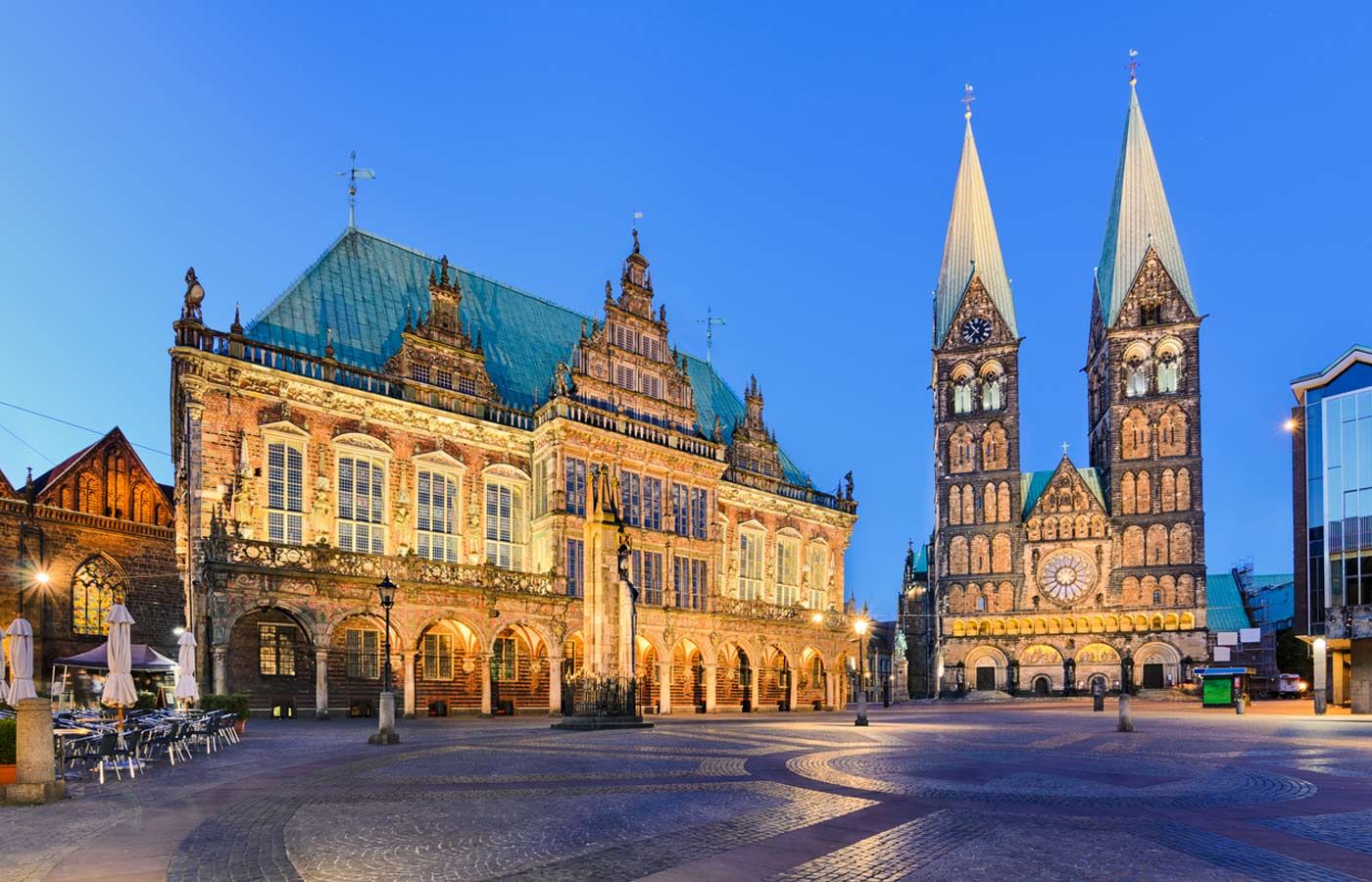
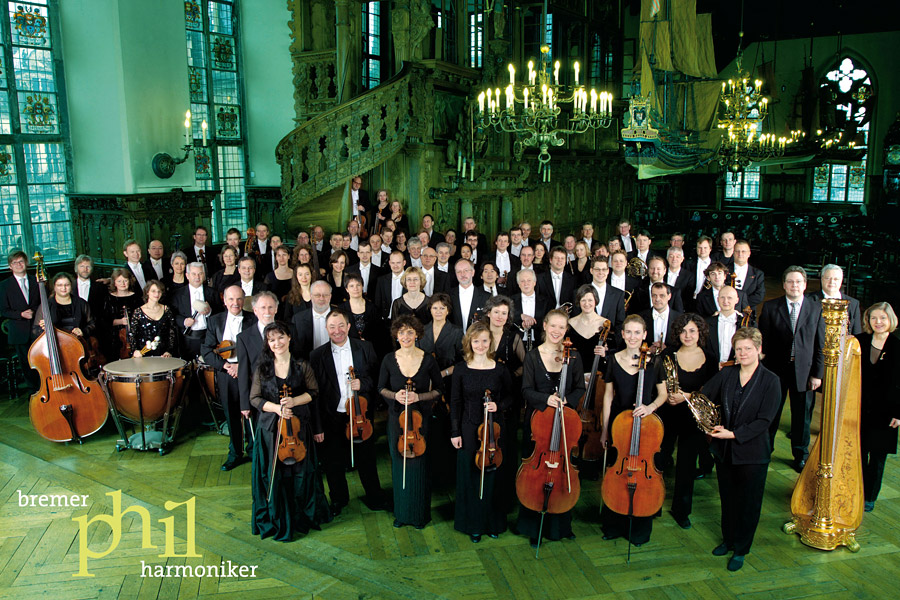
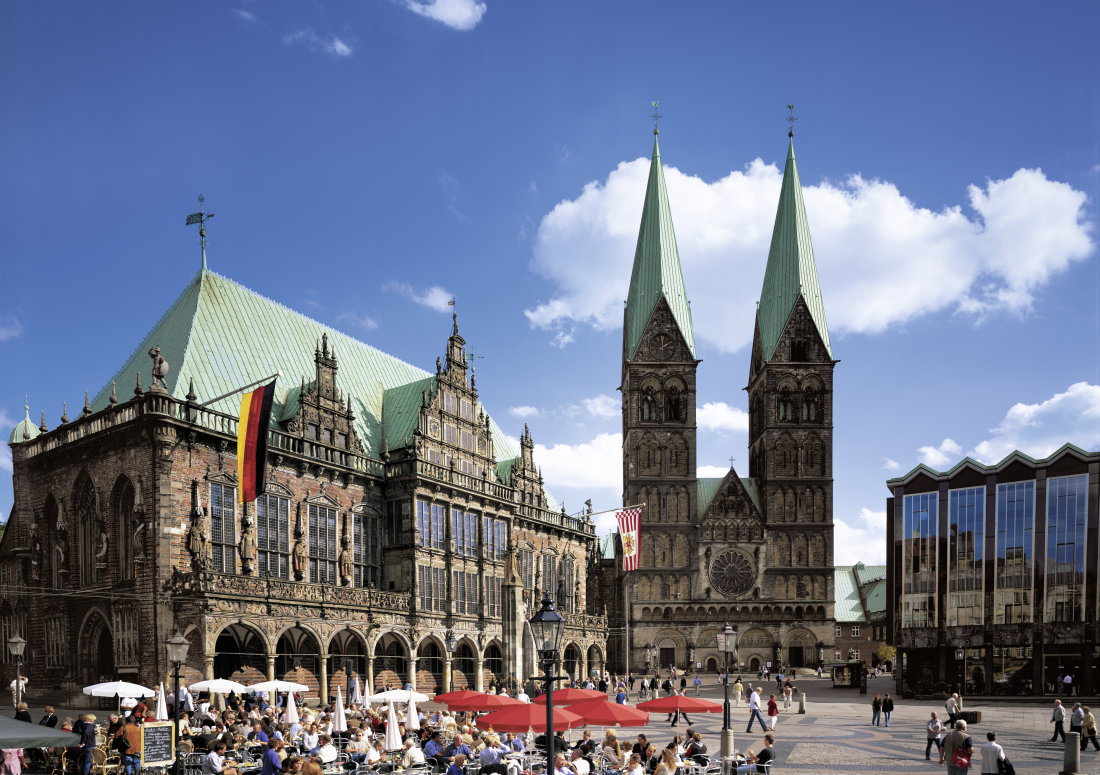
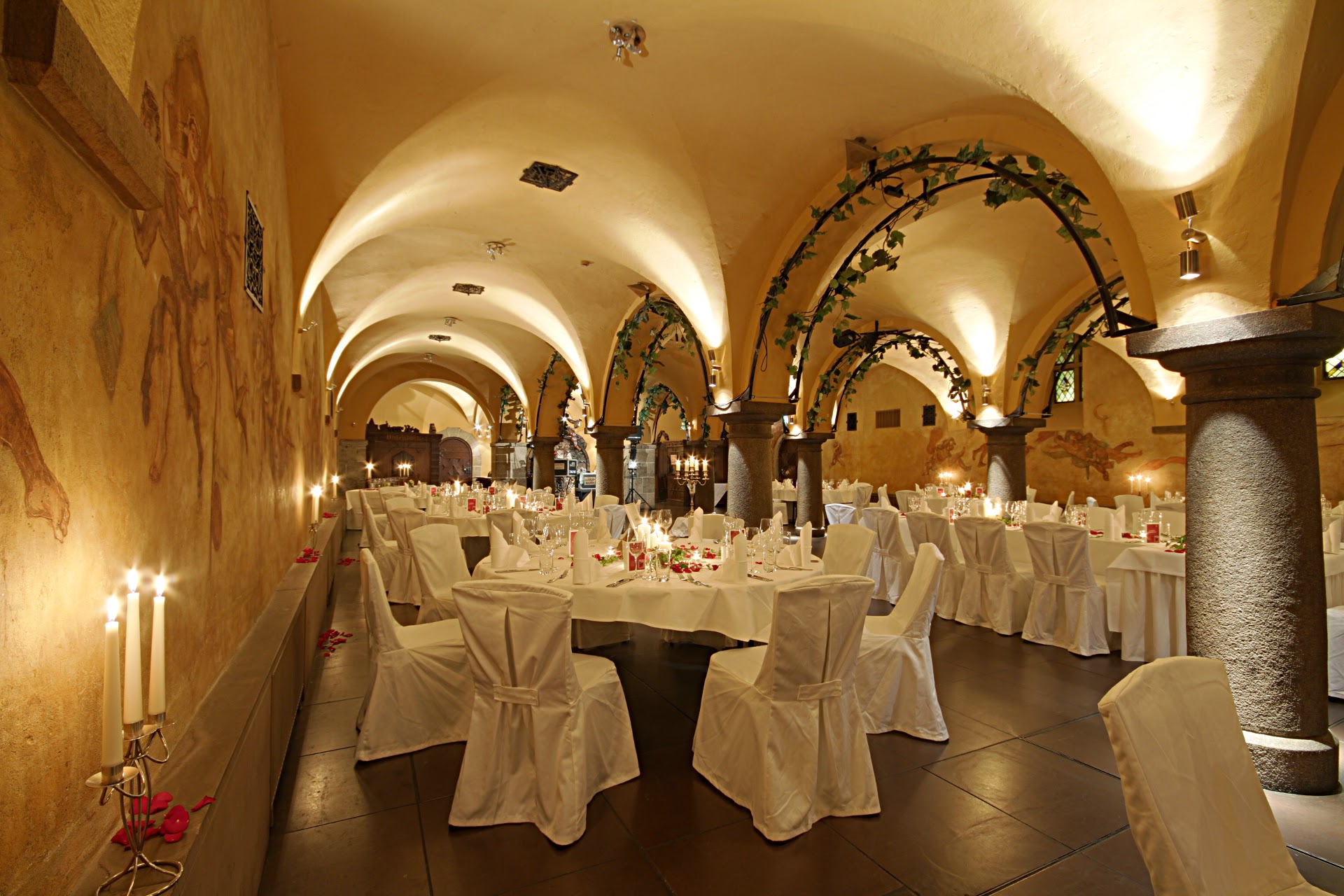
 Companies
Companies
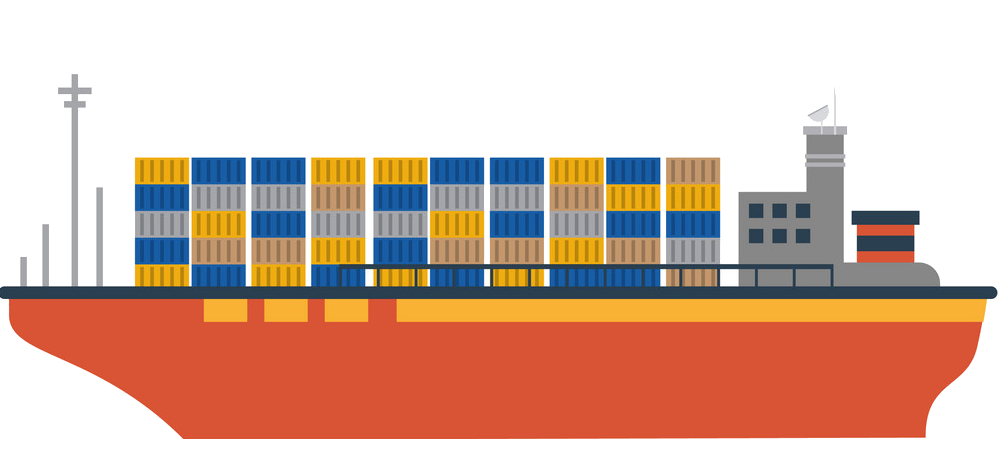 Ships and Nautics
Ships and Nautics
 Education and Research
Education and Research
 Energy resource
Energy resource
 Architecture
Architecture
 Eat and Drink
Eat and Drink
 International cities
International cities
 Important port
Important port
 Life and Style
Life and Style
 History
History
 Religion
Religion
 Music
Music